Private Defences under Law of Torts: A Common General Defence
Introduction
The concept of self-preservation is universally recognized as a fundamental human instinct. Many democratic nations acknowledge the right to use reasonable force in self-defence when faced with an imminent threat. In tort law, a defendant is generally liable for any tort they commit if all the essential elements of that tort are present. However, through "general defences," a defendant can avoid liability if their actions meet certain criteria.
The law grants individuals the right to use reasonable force to protect themselves, their property, or others. This right extends beyond personal protection to include the defense of another's life or property. The use of reasonable force is justified only when there is an imminent threat and when force is the last resort to prevent harm. If reasonable force is used under these circumstances, the person is not held liable for the resulting harm. However, the defendant must provide valid reasons for the use of such force.
Justice Donovan once described the law of private defences as an inherent, natural principle, not taught or learned, but ingrained in human nature. The law acknowledges that when faced with imminent danger and no other recourse, the use of reasonable force is an acceptable defence.
In Bird v. Holbrooke, the defendant set up a spring gun trap in his garden to catch a thief. However, the defendant did not provide any warning about the trap. The plaintiff, while chasing a bird, unknowingly entered the garden and was injured by the trap. The court held the defendant liable for the injury, as the lack of warning made the use of the trap unjustifiable. The court noted that if the defendant had posted a warning, the outcome might have been different.
Meaning of Private Defences under Law of Torts
L.B. Curzon defines private defence as: “When a person commits a tort in defense of himself or his property, he is not necessarily liable if the act was reasonable given the circumstances.”
Osborn’s Concise Law Dictionary defines private defences as: “An action taken in reasonable defence of one’s person or property, which can be pleaded as a defence in tort. This right extends to the protection of one’s family and possibly others from unlawful force.”
Essentials for Private Defences under Law of Torts
- Imminent Threat: There must be an immediate threat to personal safety or property, leaving no time to seek help from authorities. The use of force is not justified if it is based on a mere suspicion of future harm or used in retaliation after the threat has passed.
- Necessary Force: The force used must be absolutely necessary to repel the threat. While the law permits self-defence, it must not be abused.
- Proportionality: The force used must be proportional to the urgency of the situation. Excessive force beyond what is necessary is not justified. What constitutes reasonable force depends on the facts and circumstances of each case.
In Morris v. Nugent, the defendant shot a dog in self-defence after it bit him. However, the dog was fleeing when the defendant fired. The court ruled that the defendant’s action was not justified, as there was no imminent danger once the dog retreated.
The law allows for necessary measures to protect property, but the force used must be reasonable and justified. The defendant must provide valid grounds for the use of force to avoid tortious liability.
Conclusion
The right to private defence in tort law does not apply to actions that are not offenses. It is available against all assailants, whether they are sane, insane, competent, or mistaken. The right exists even if innocent individuals are harmed, provided there is an immediate danger to life or limb and no other alternative is available. The key test is whether the self-defence was immediately necessary and whether the chosen course of action was the most appropriate response to the situation
Share
Tags
Archive
Popular & Recent Post




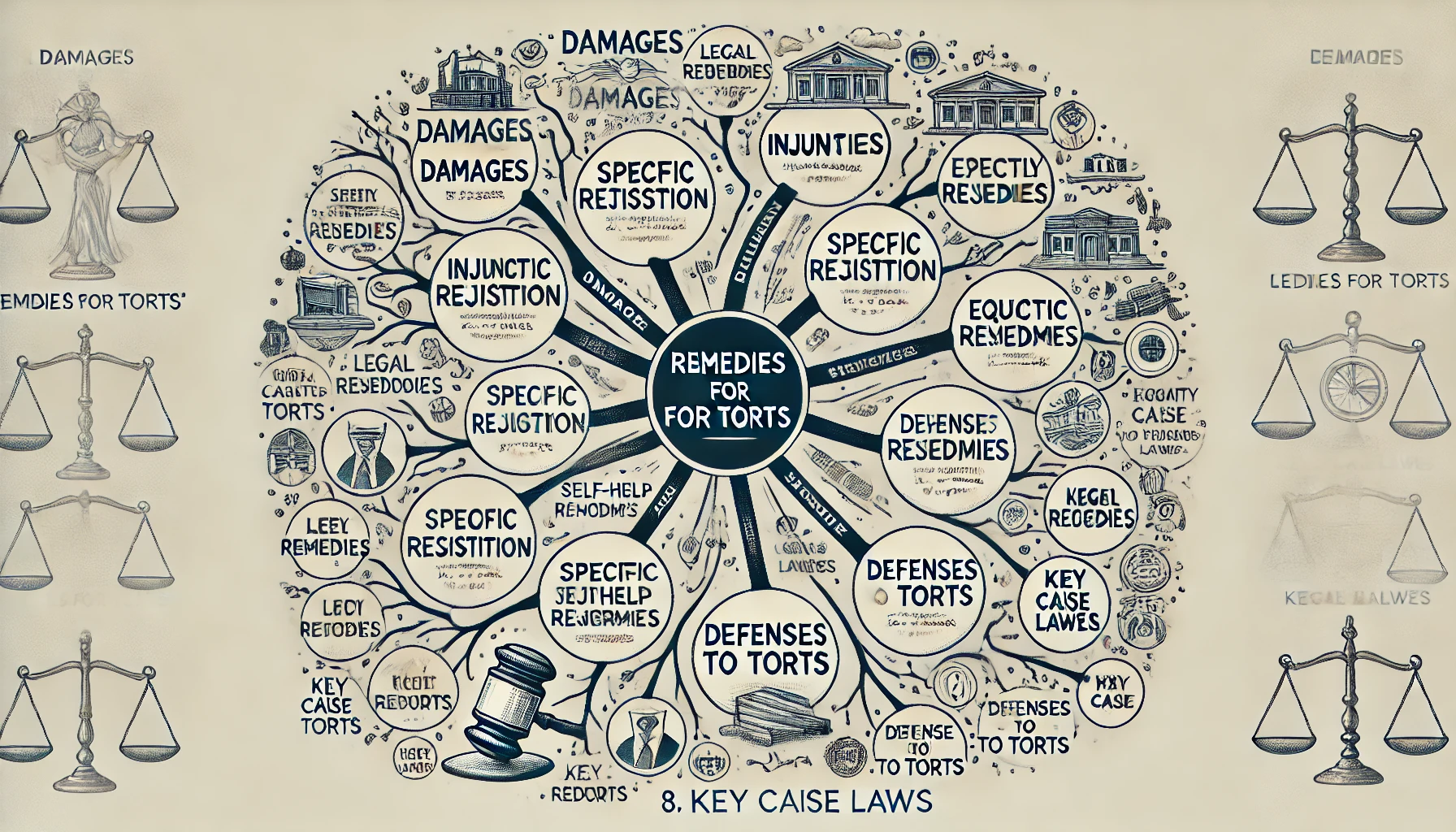

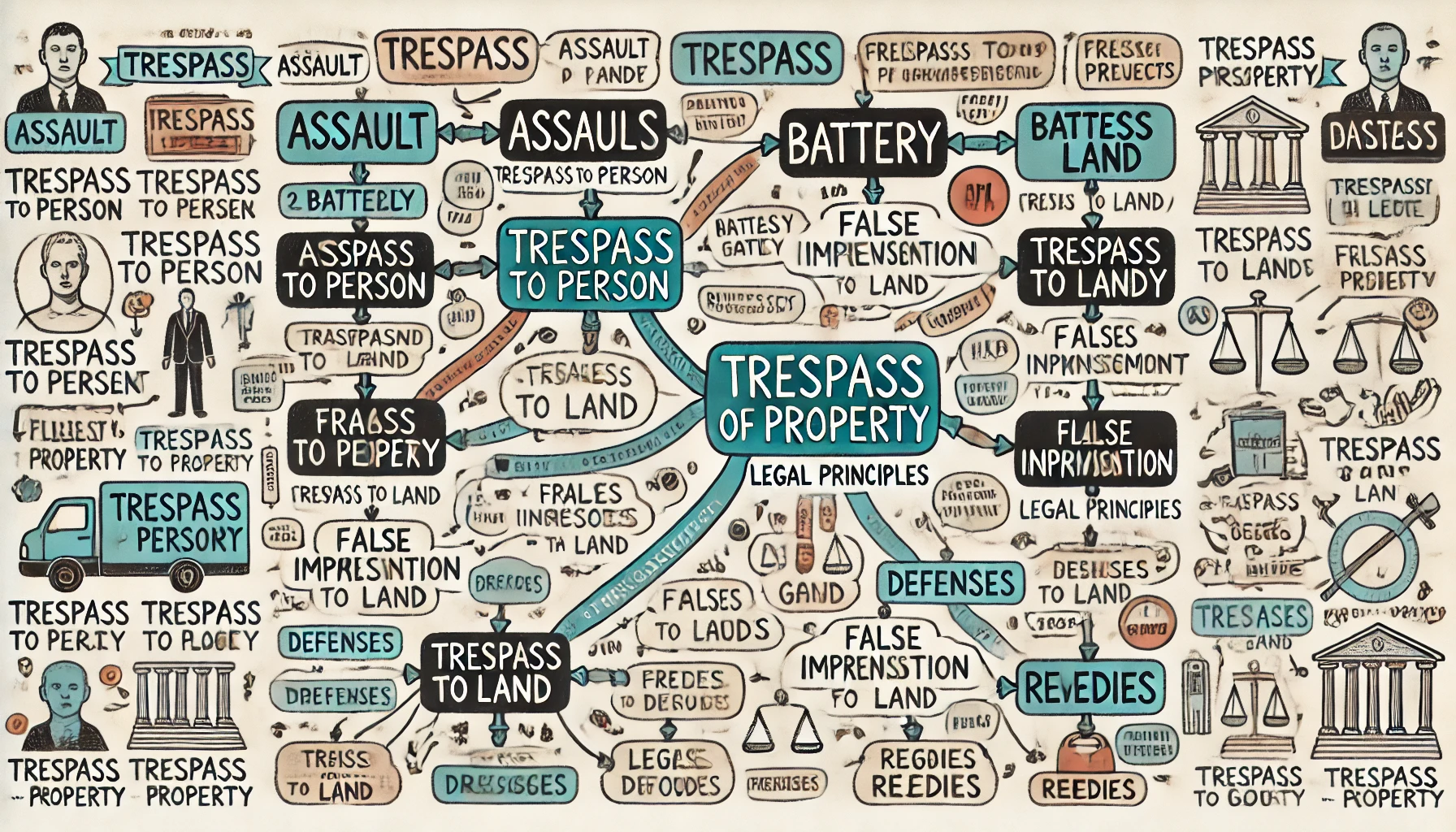
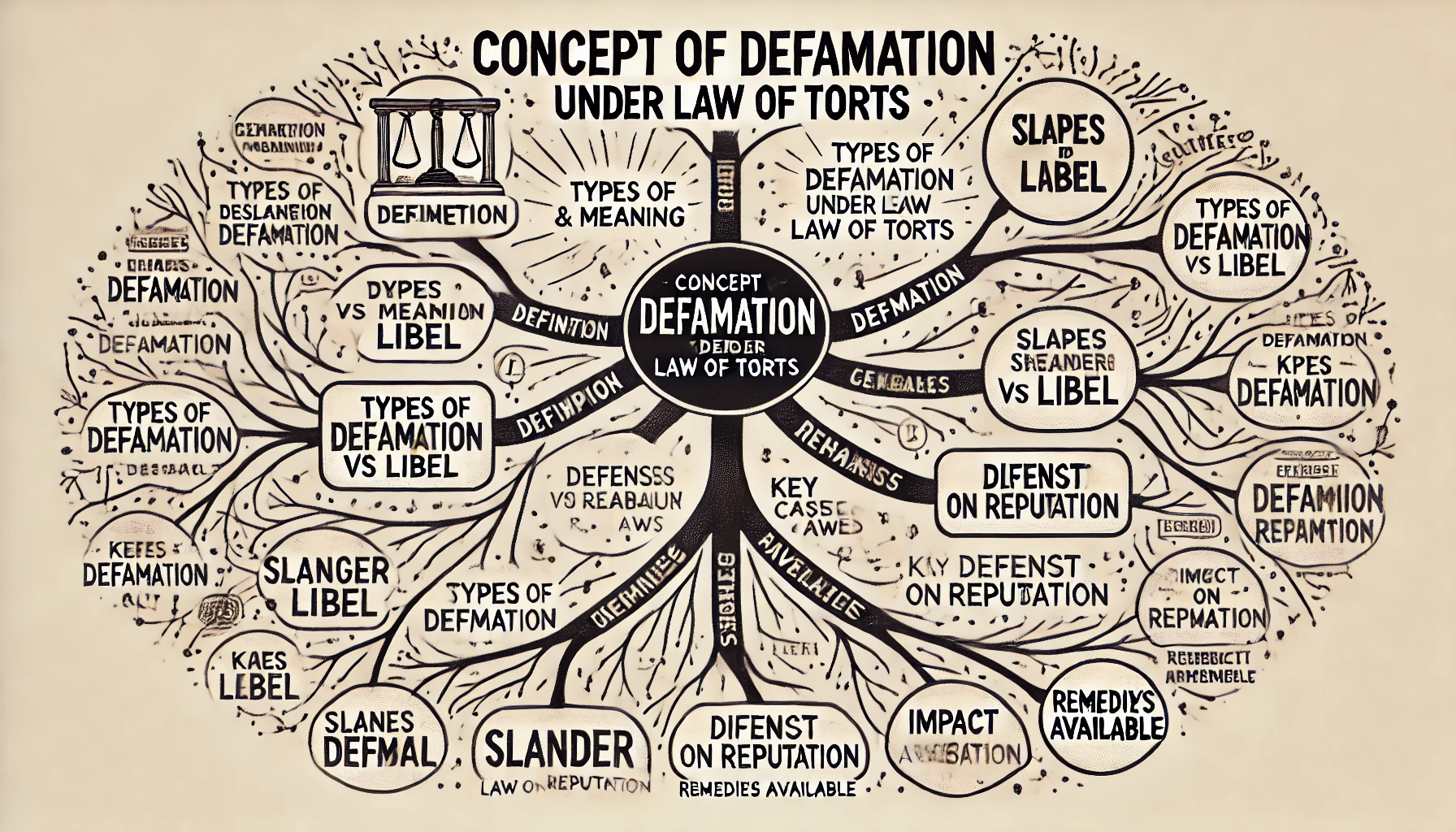
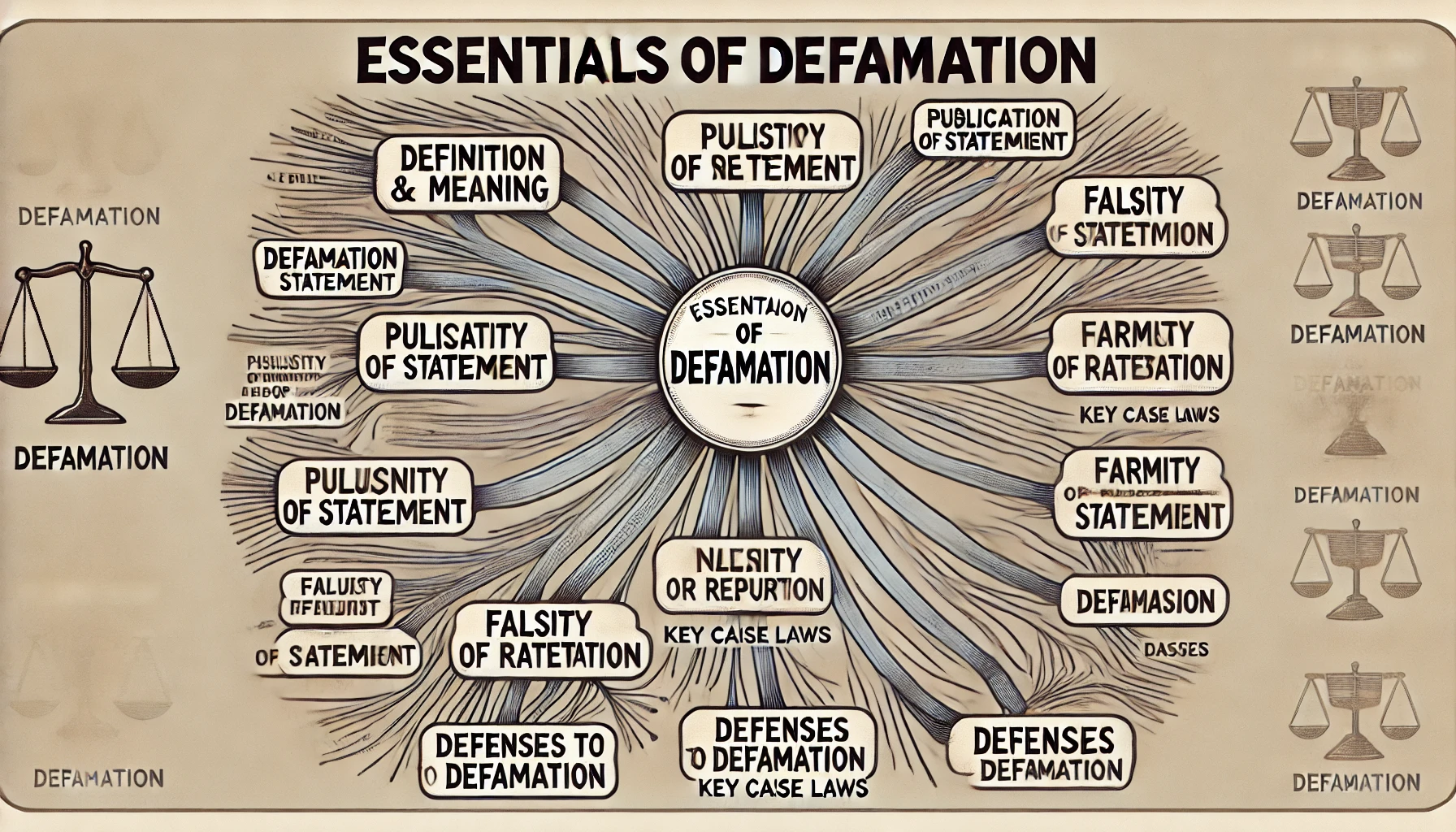
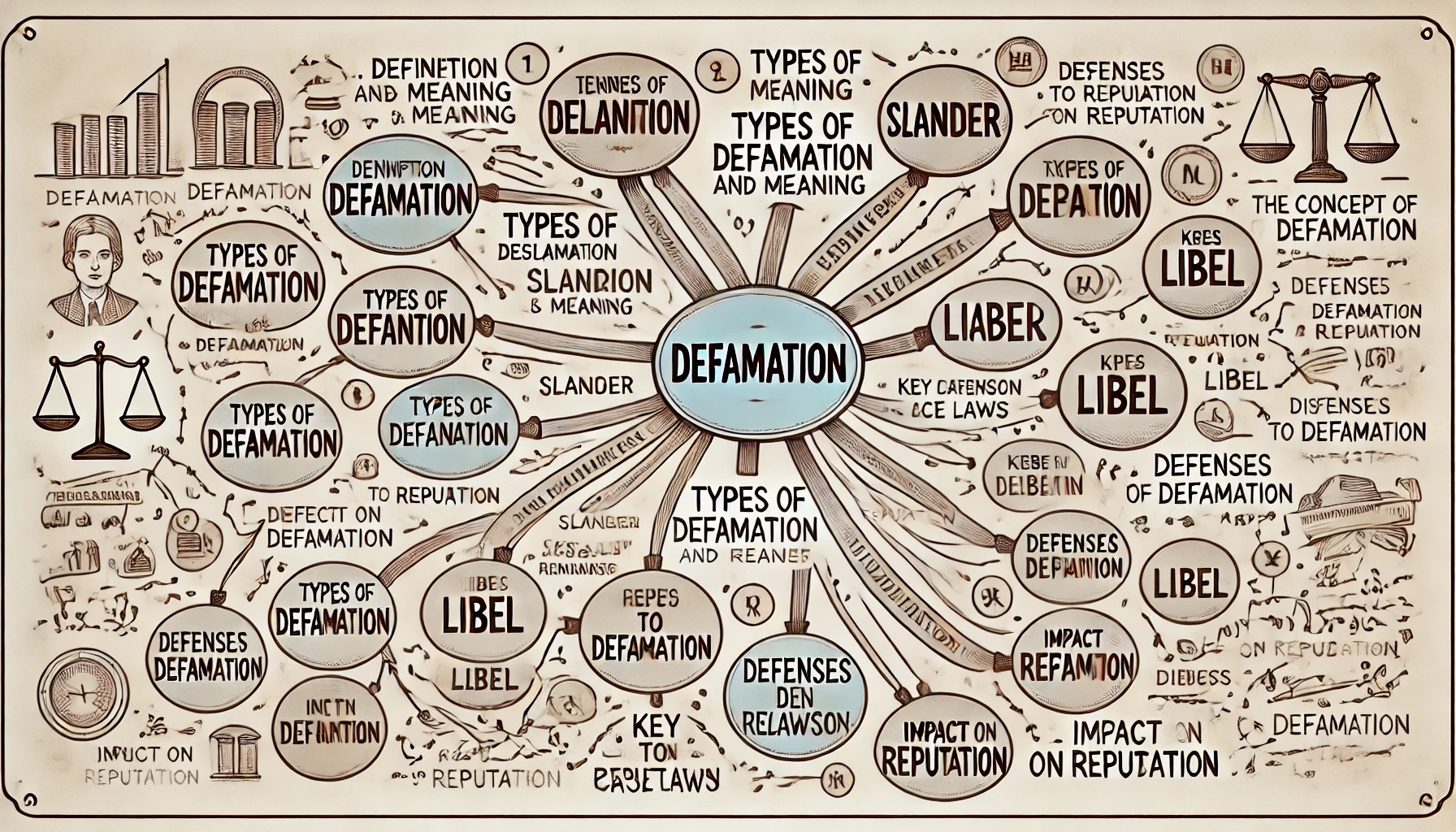

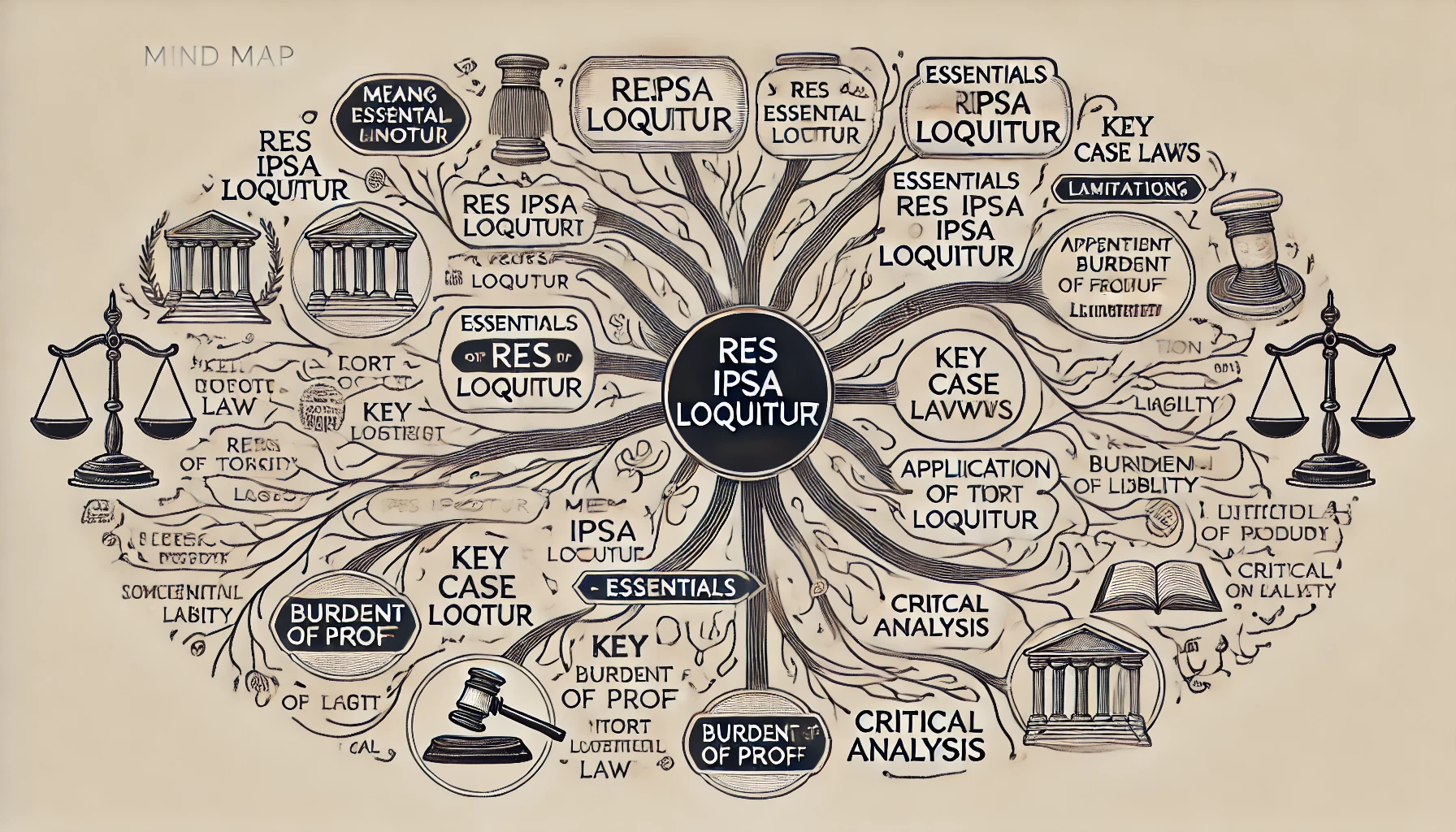
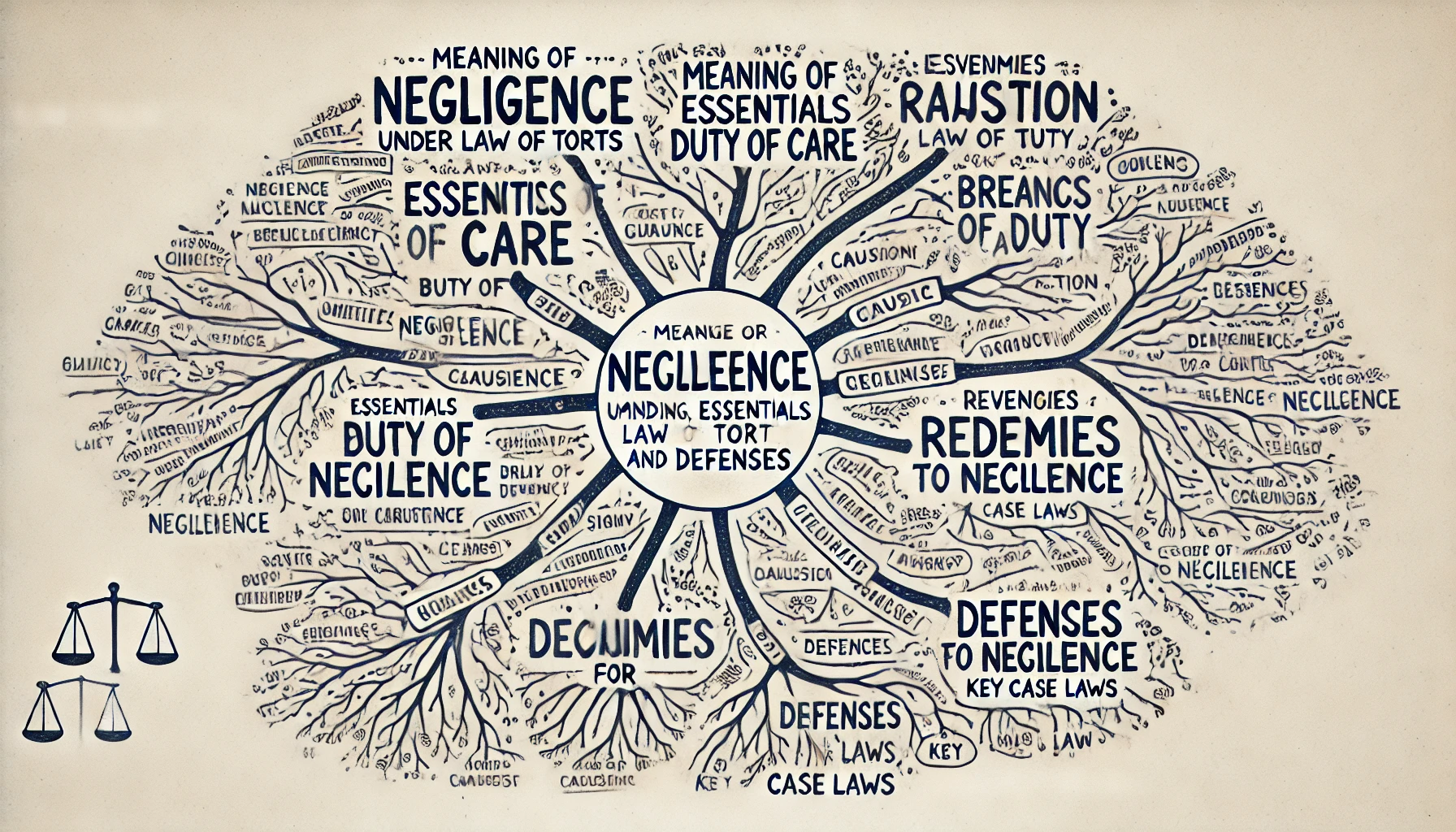
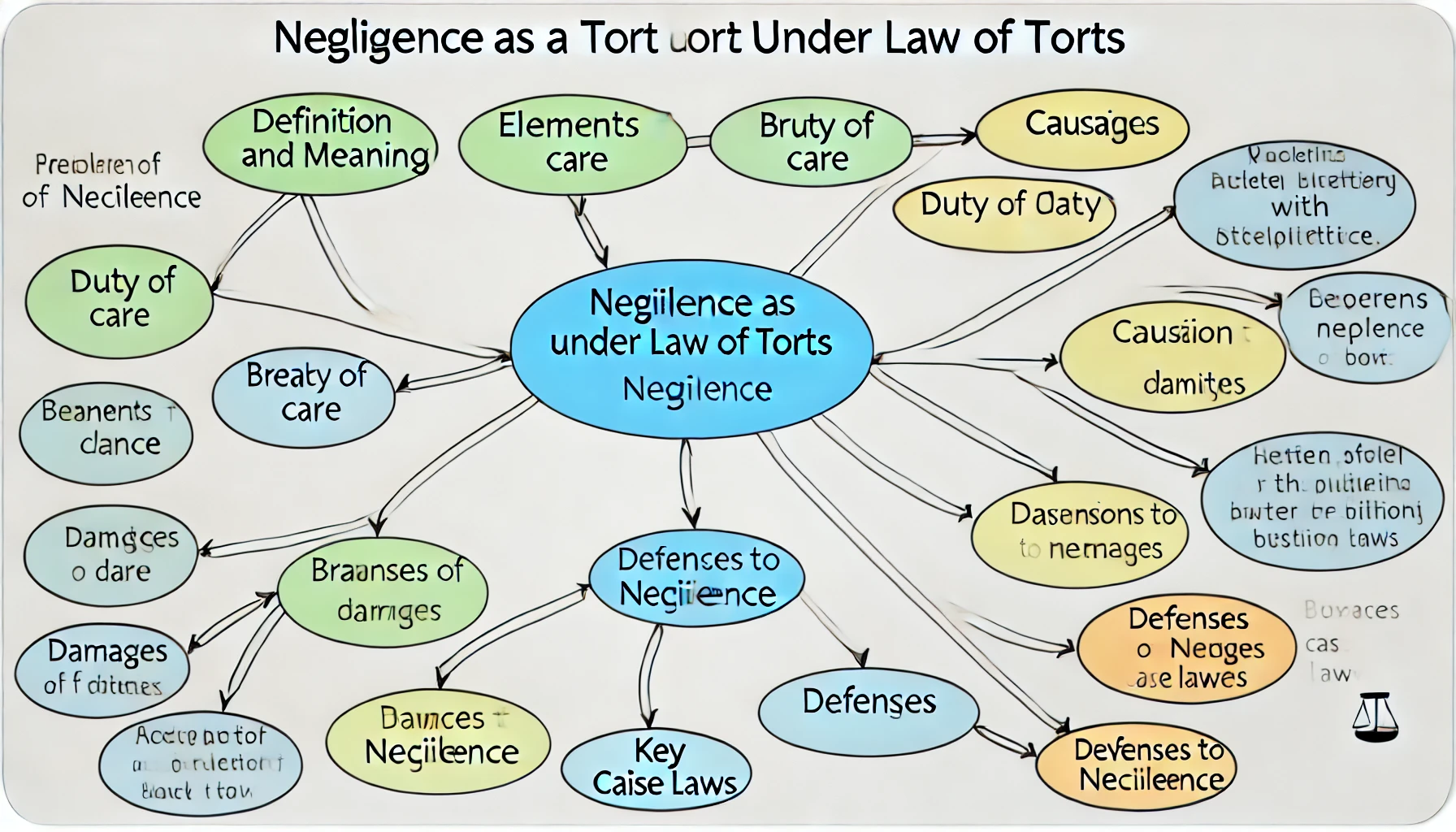
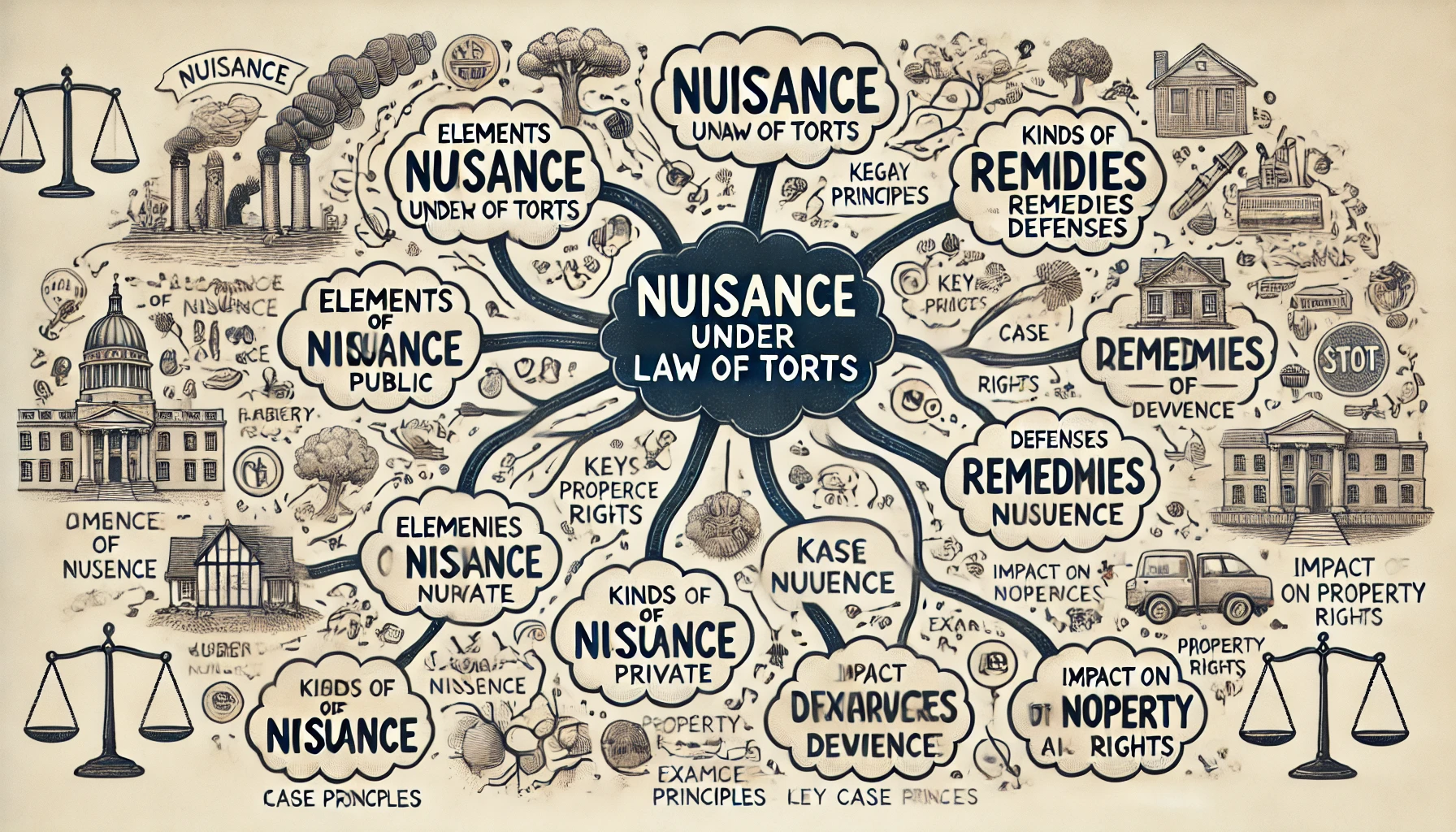
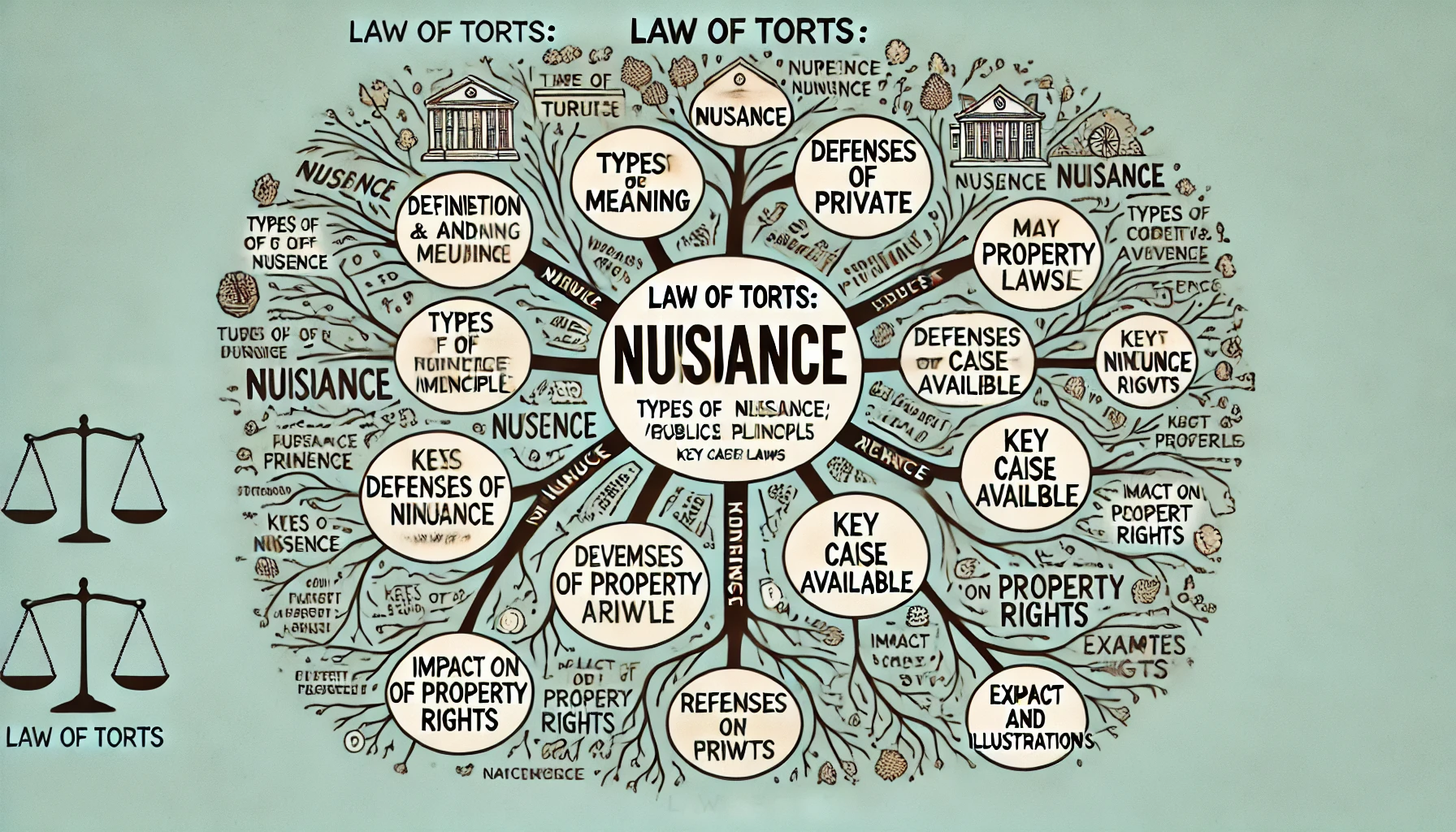
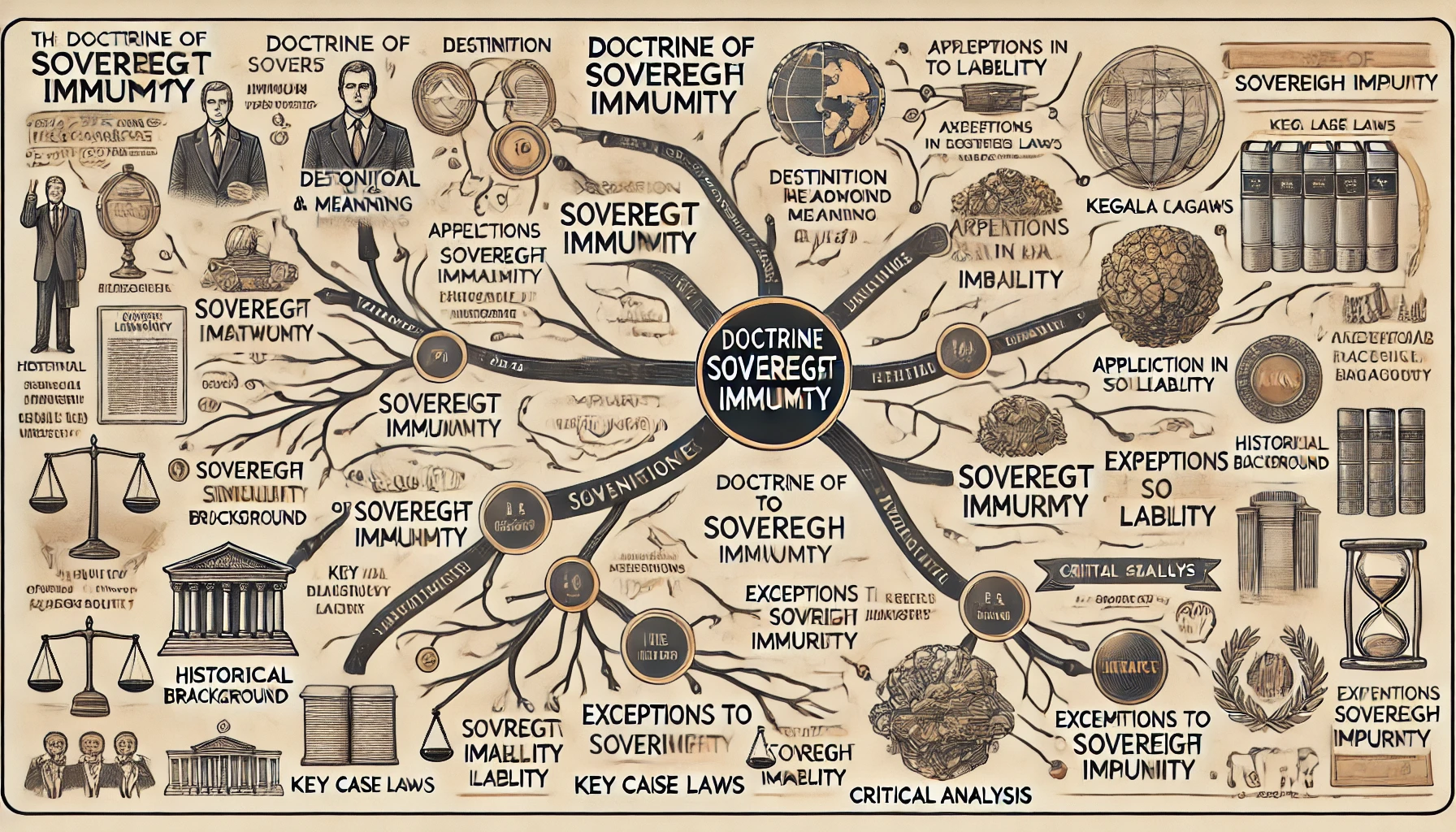
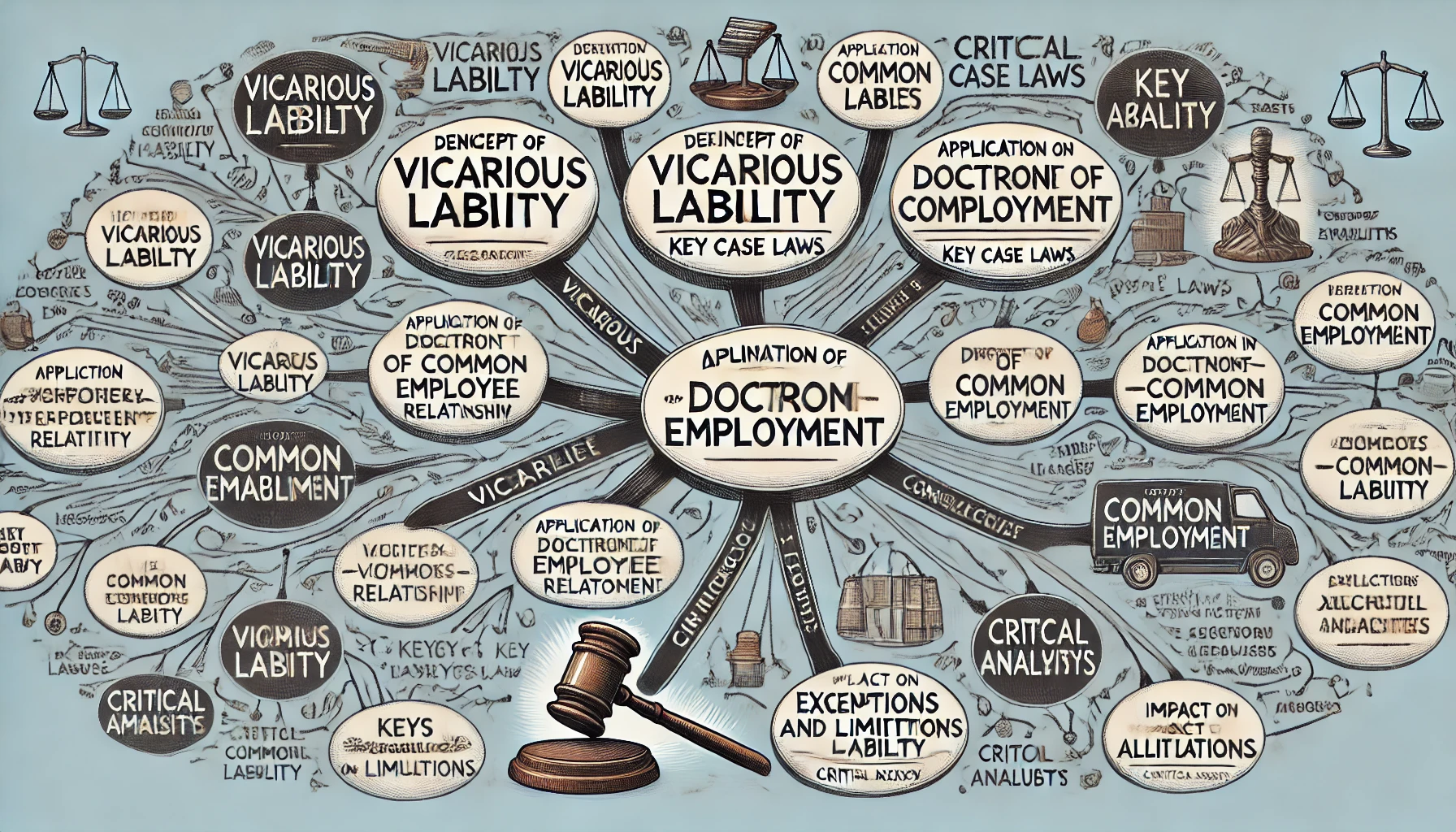

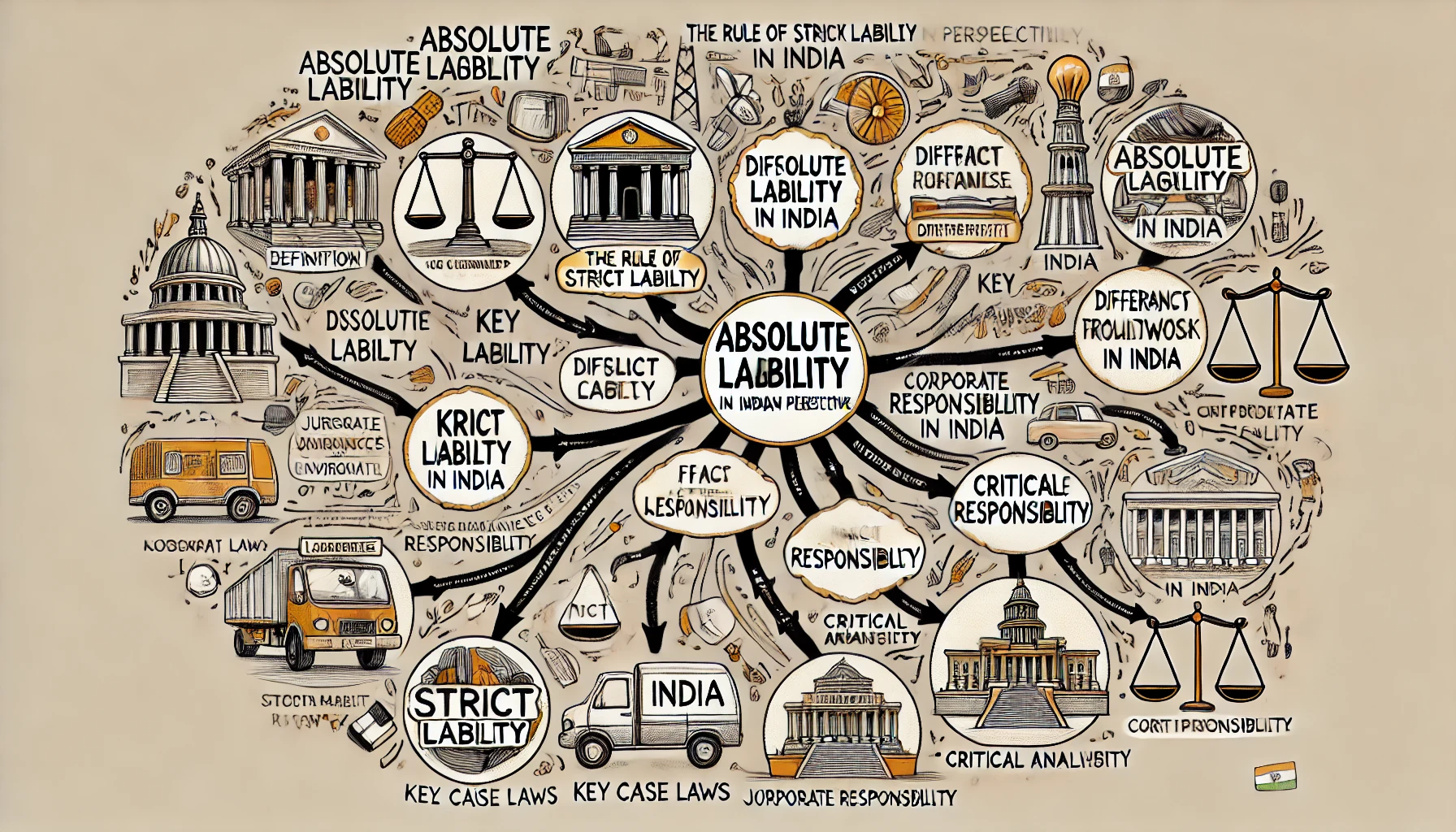
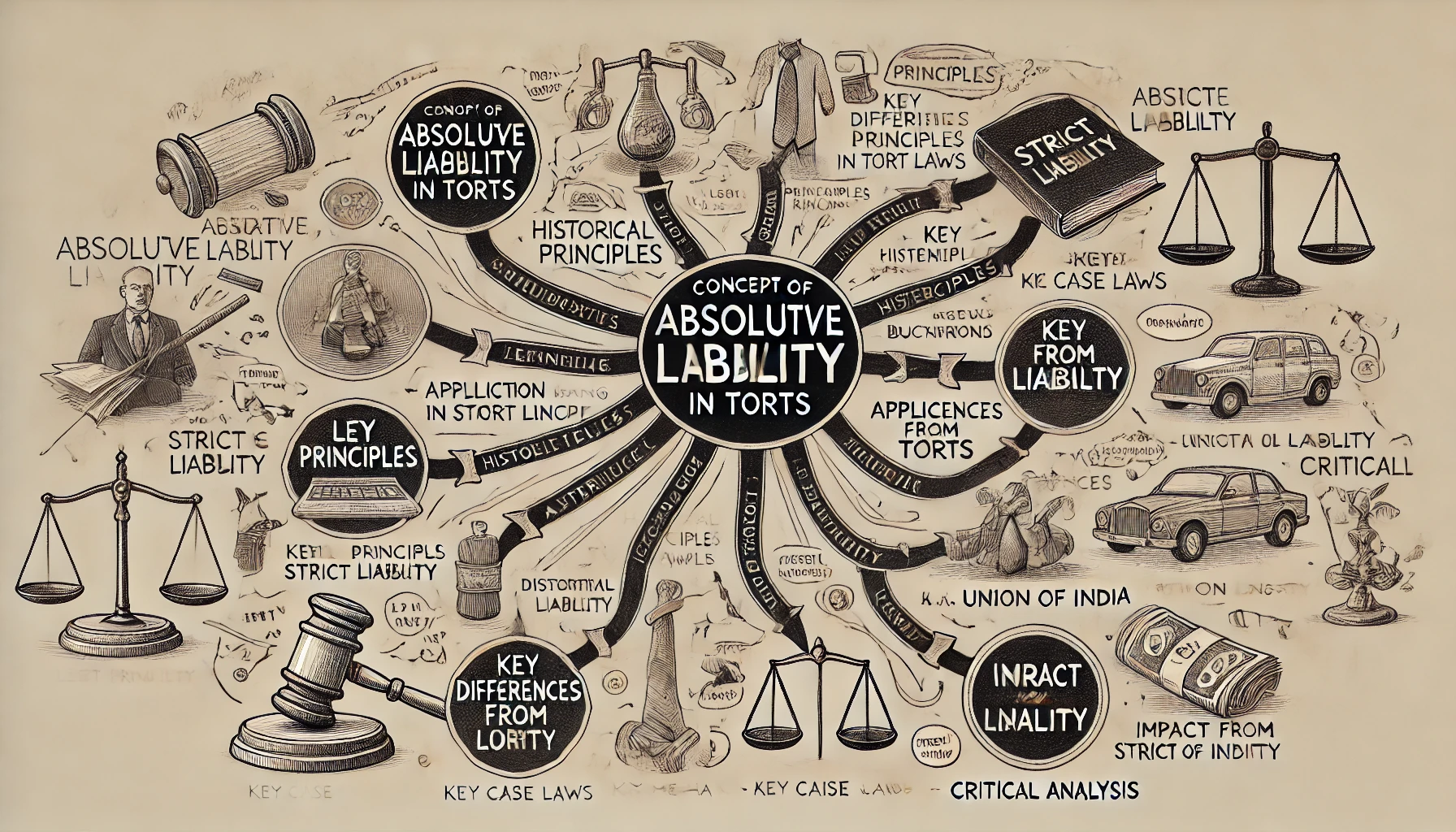
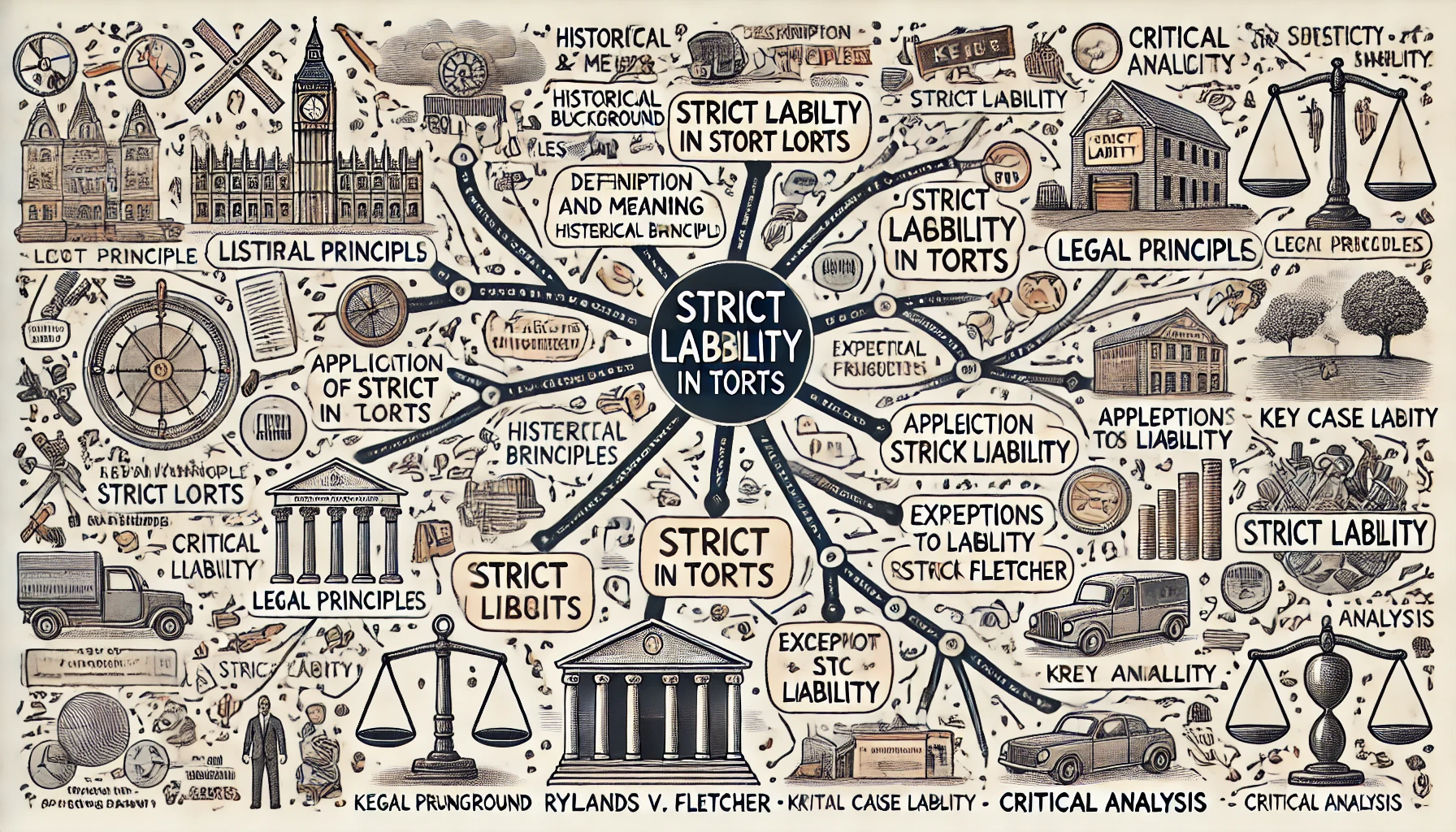

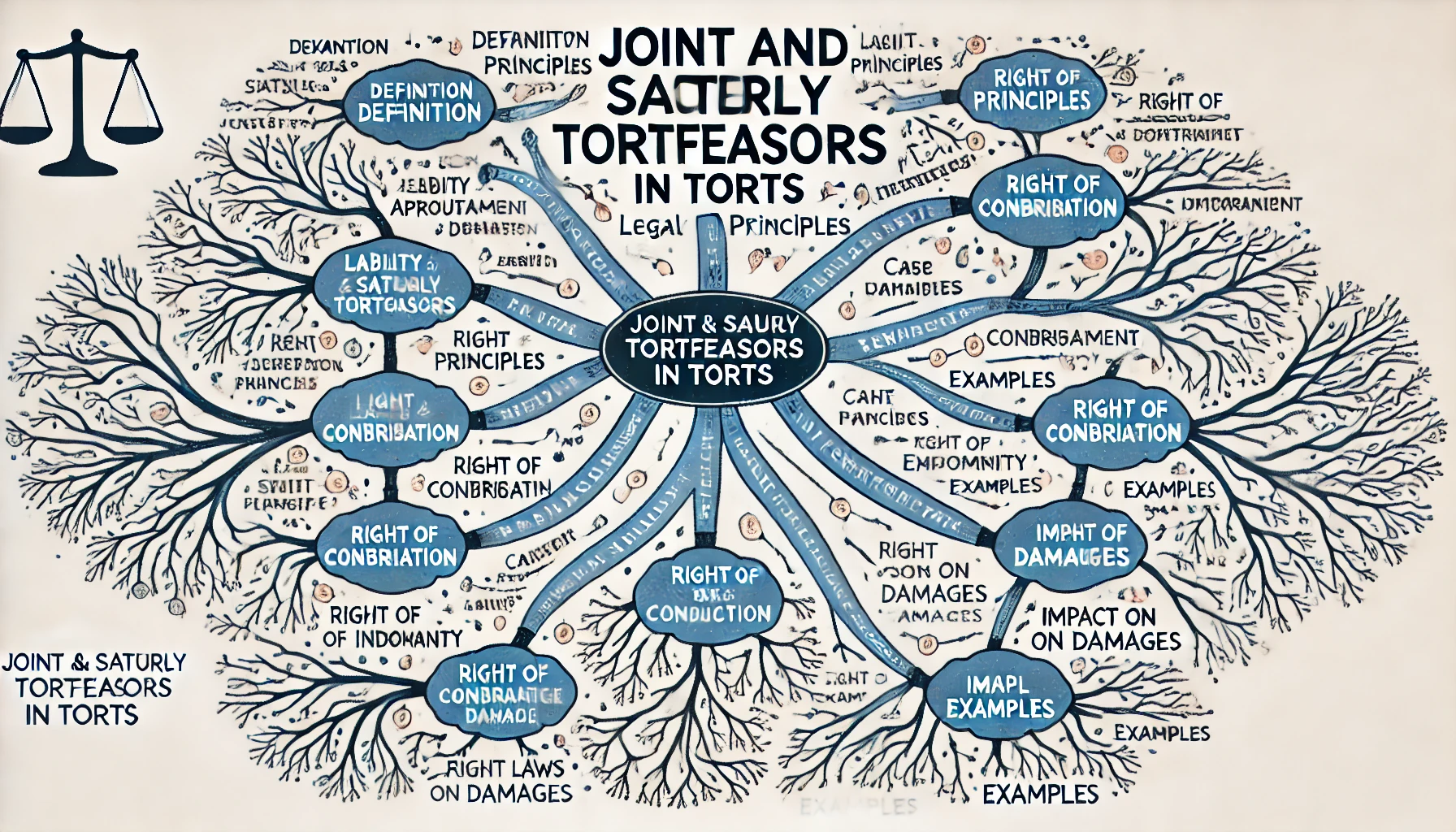
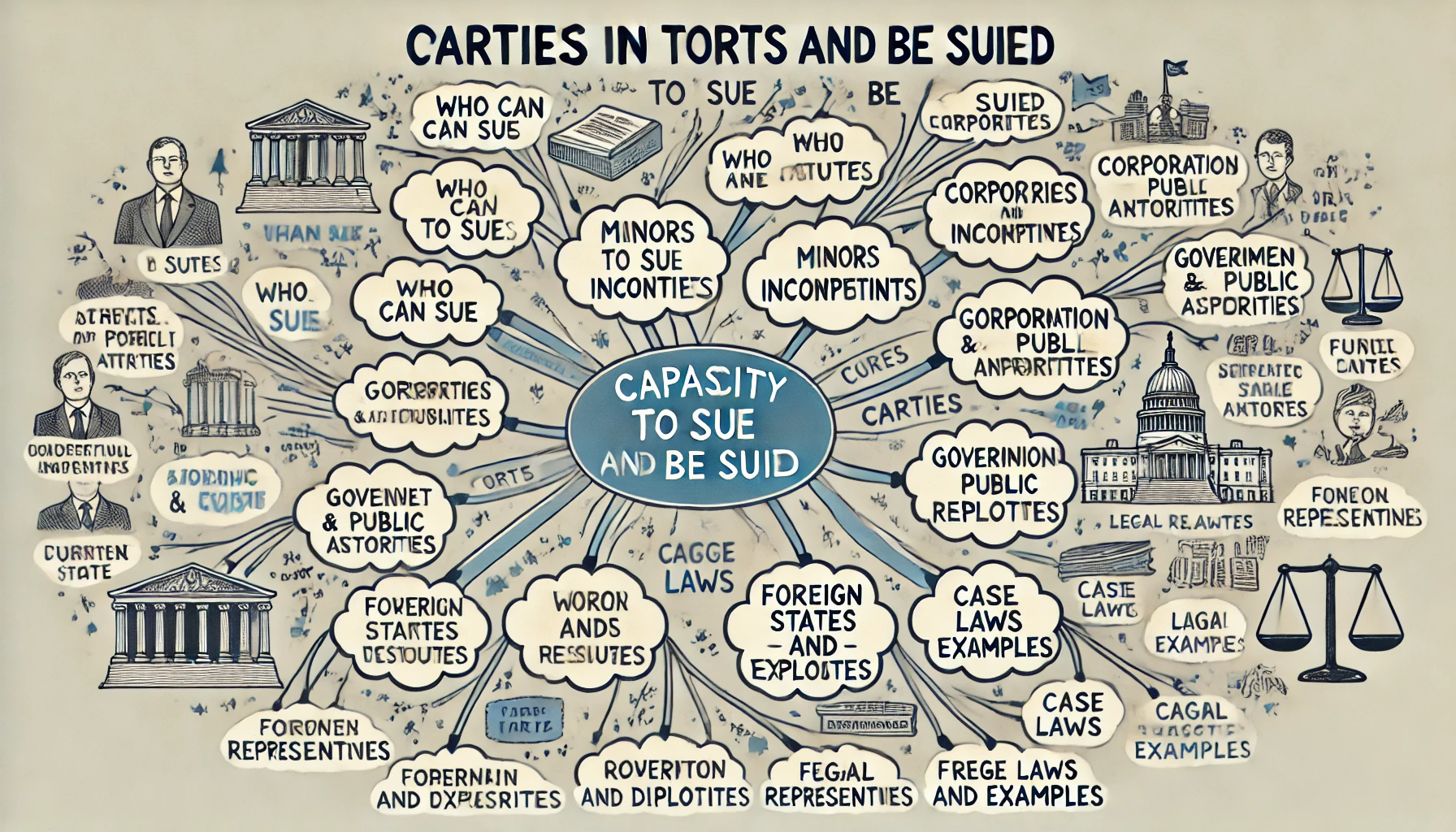
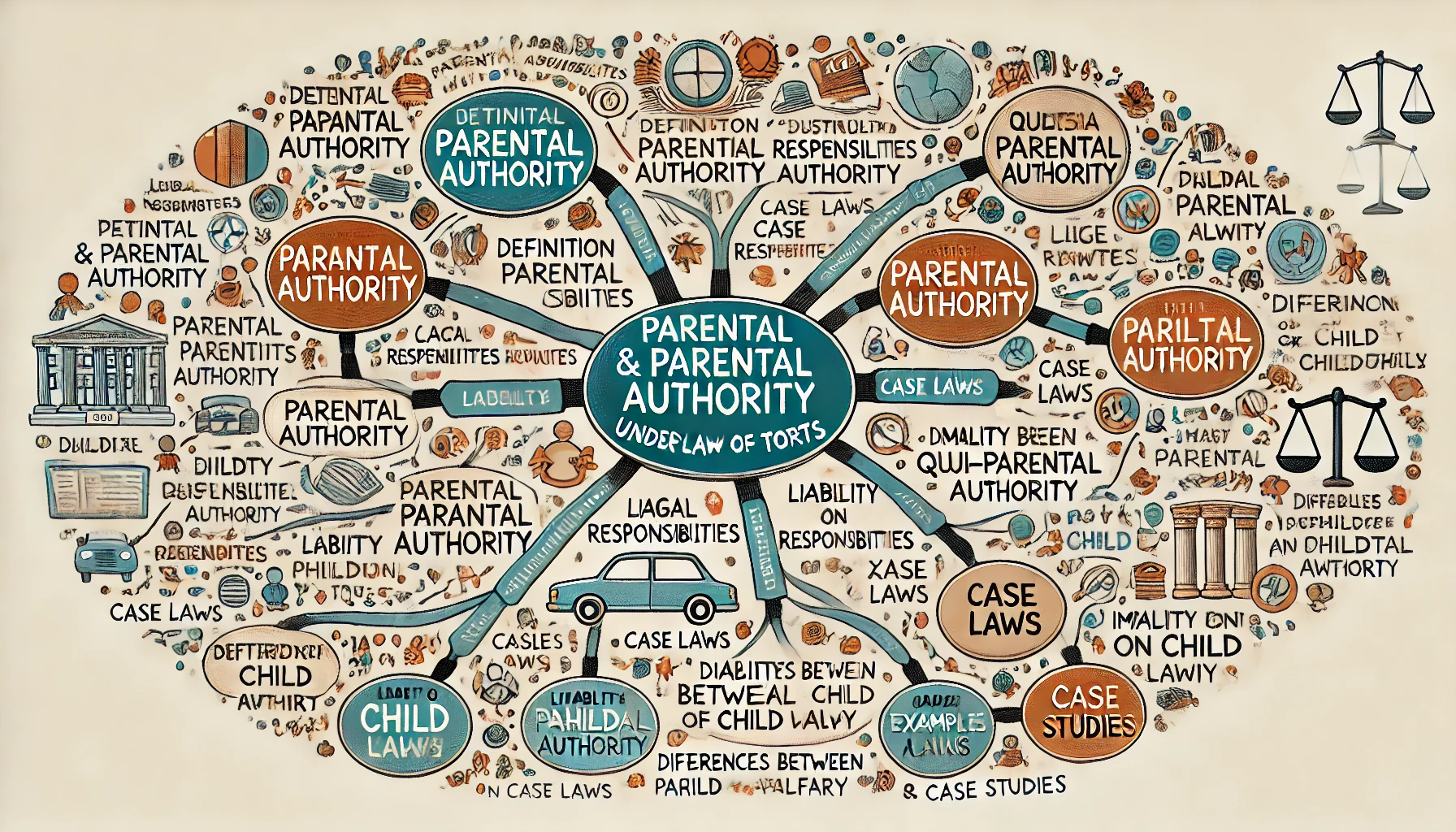
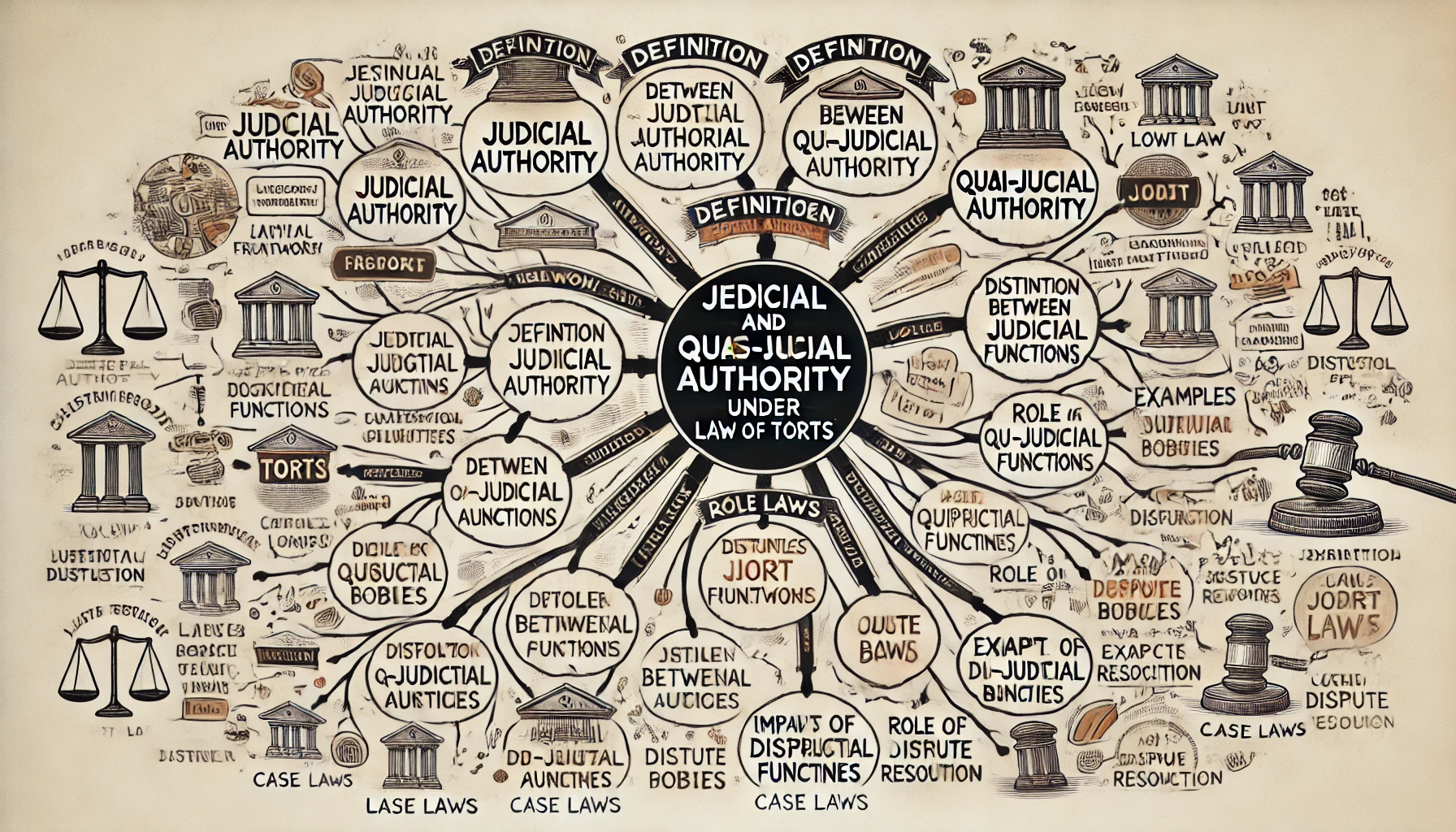
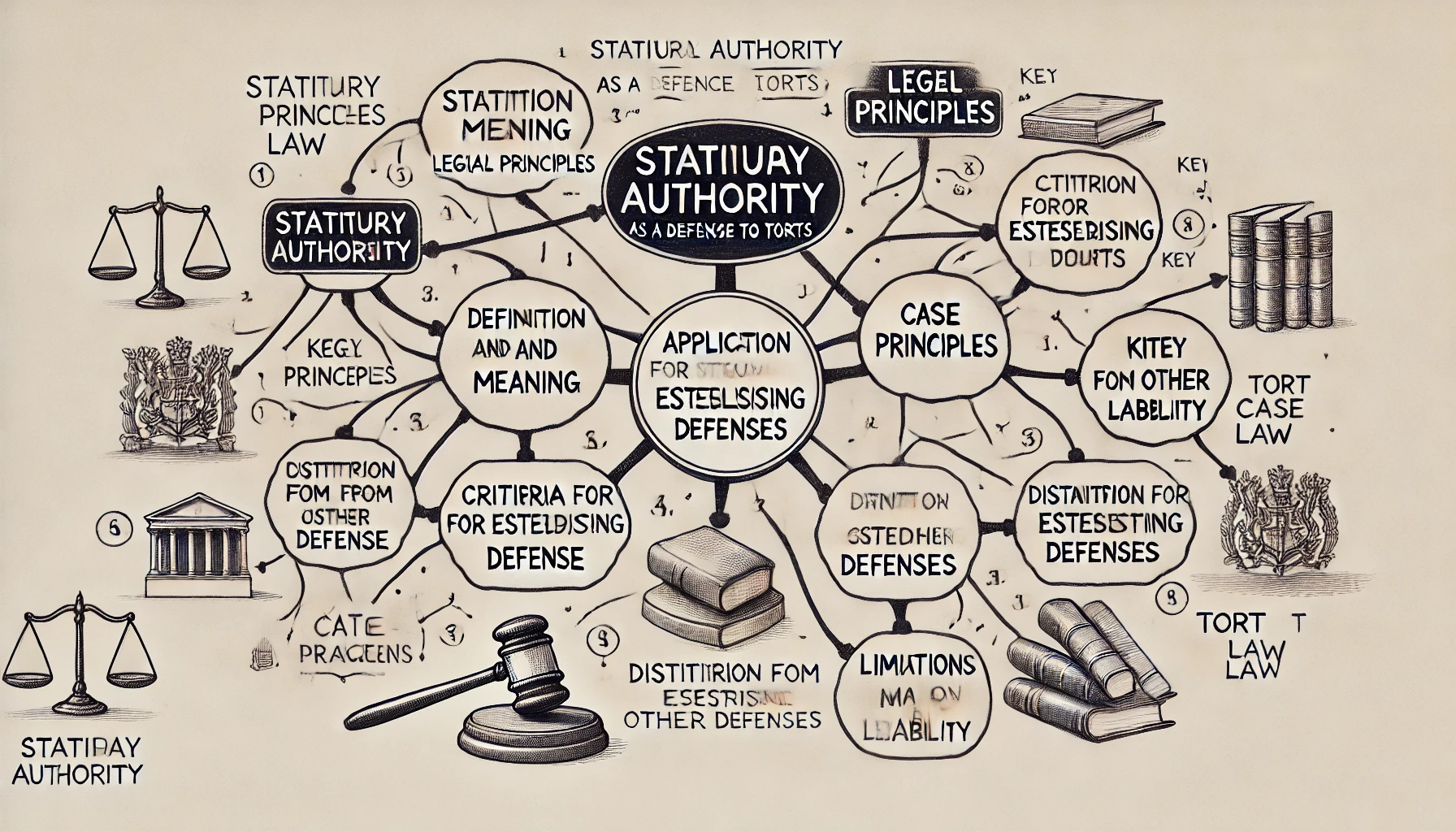
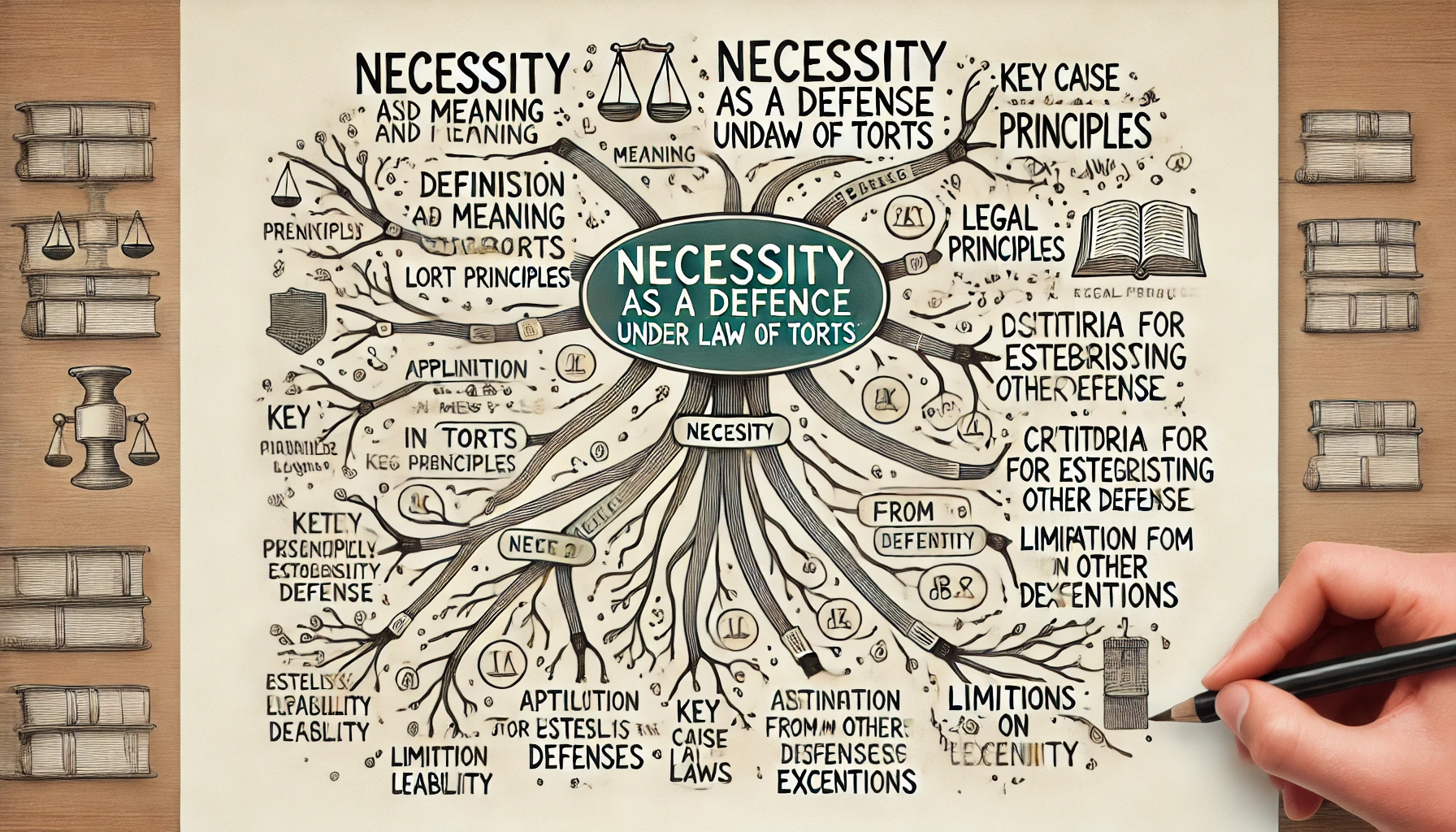
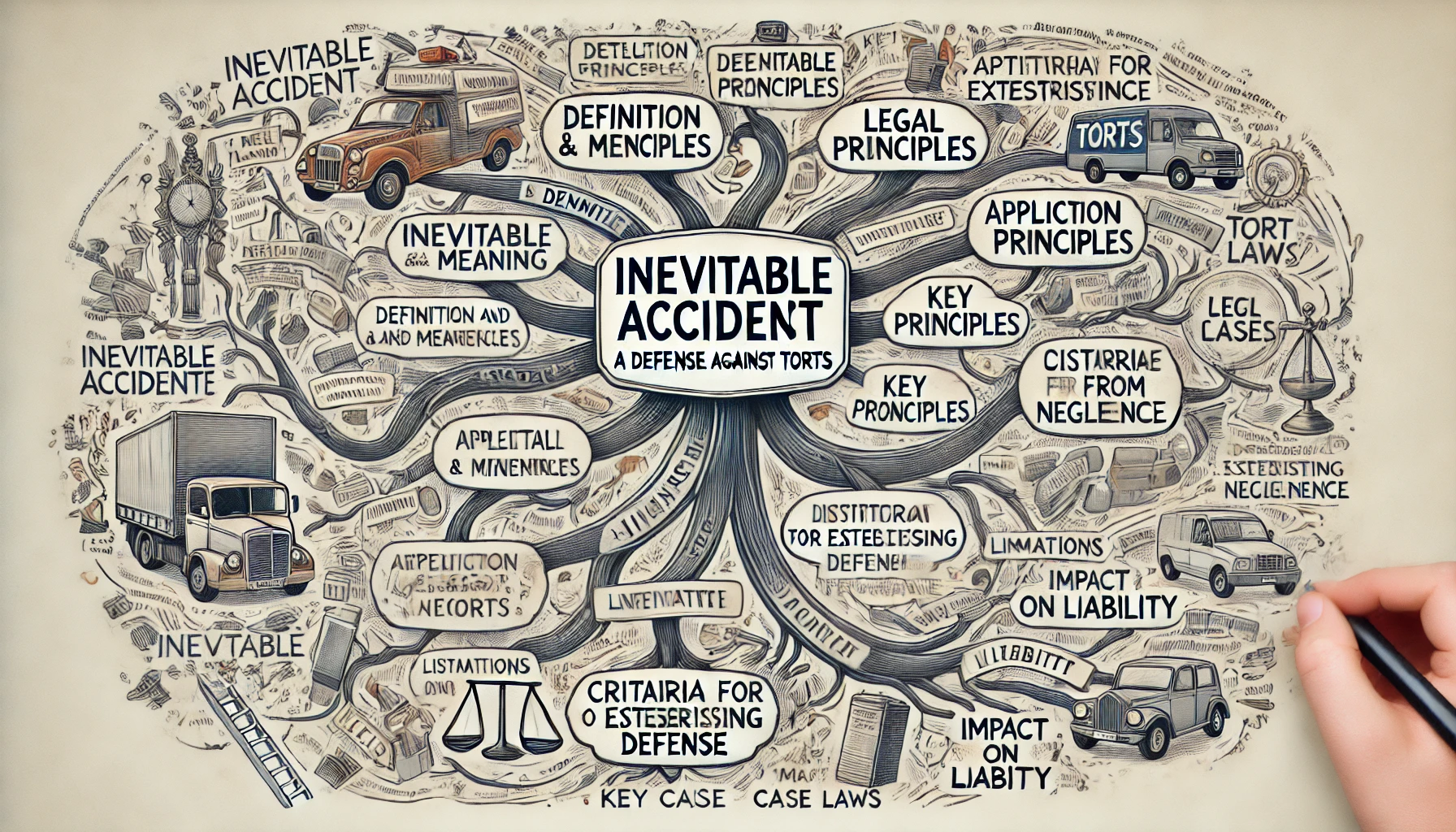

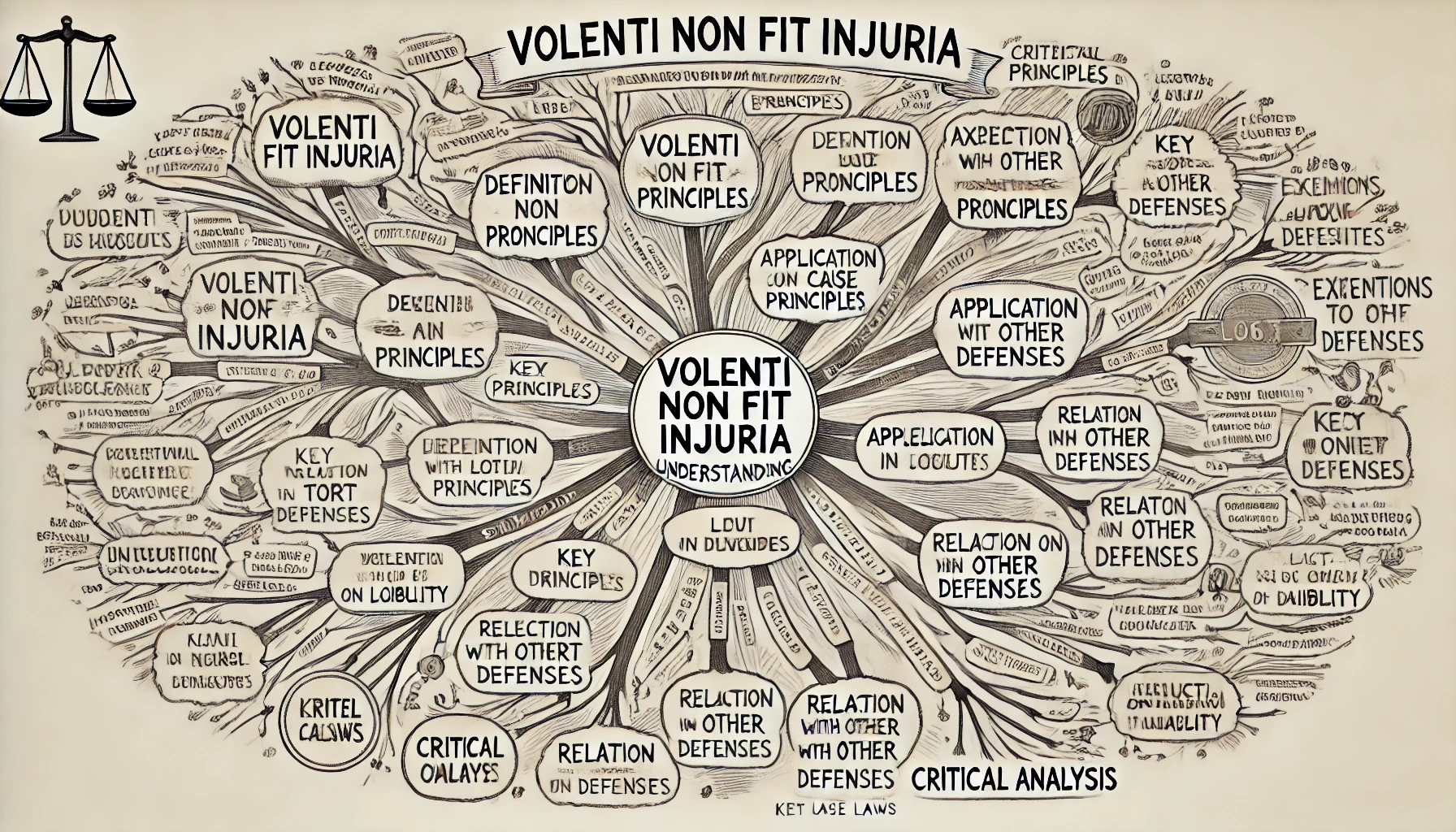

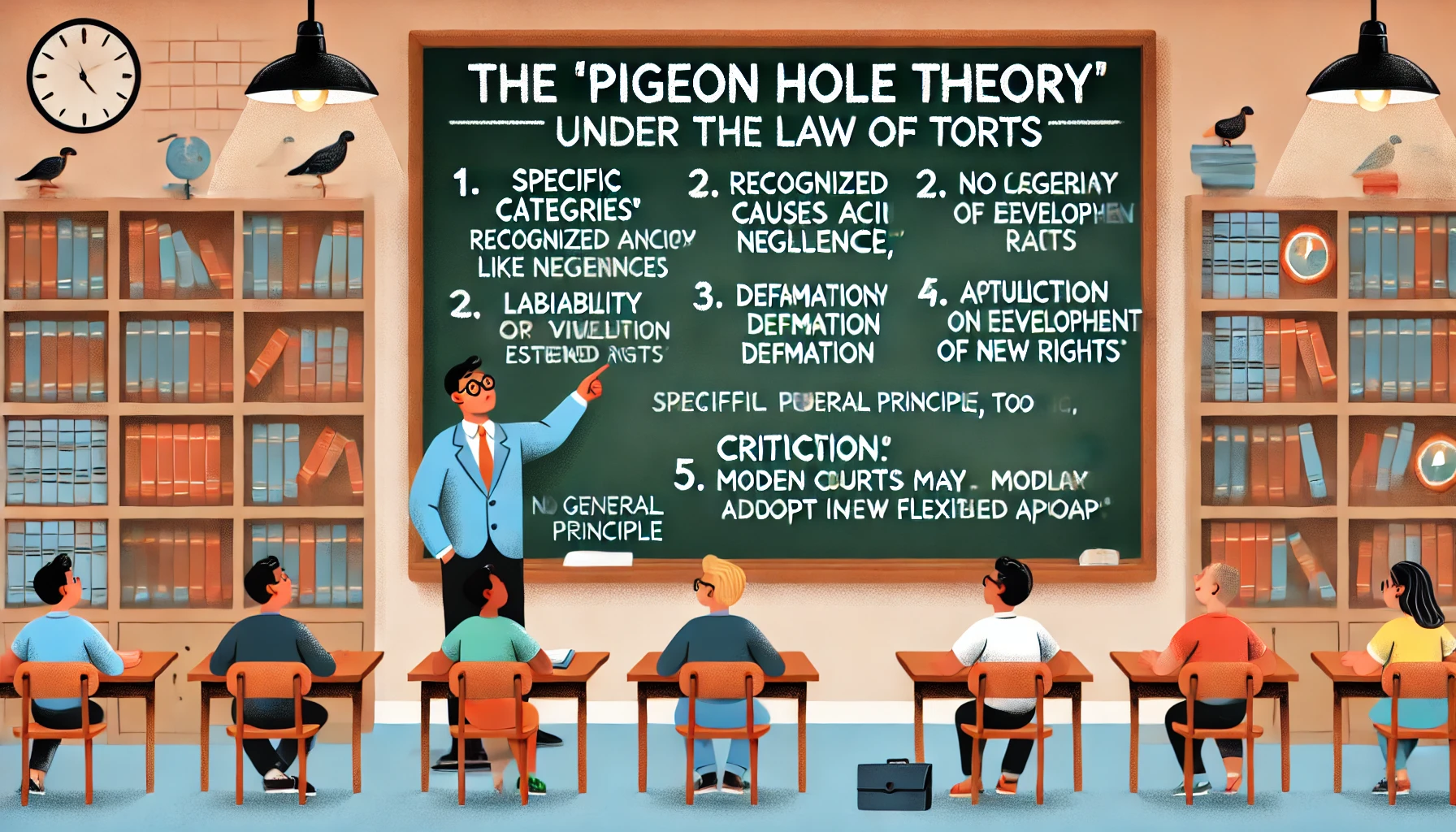
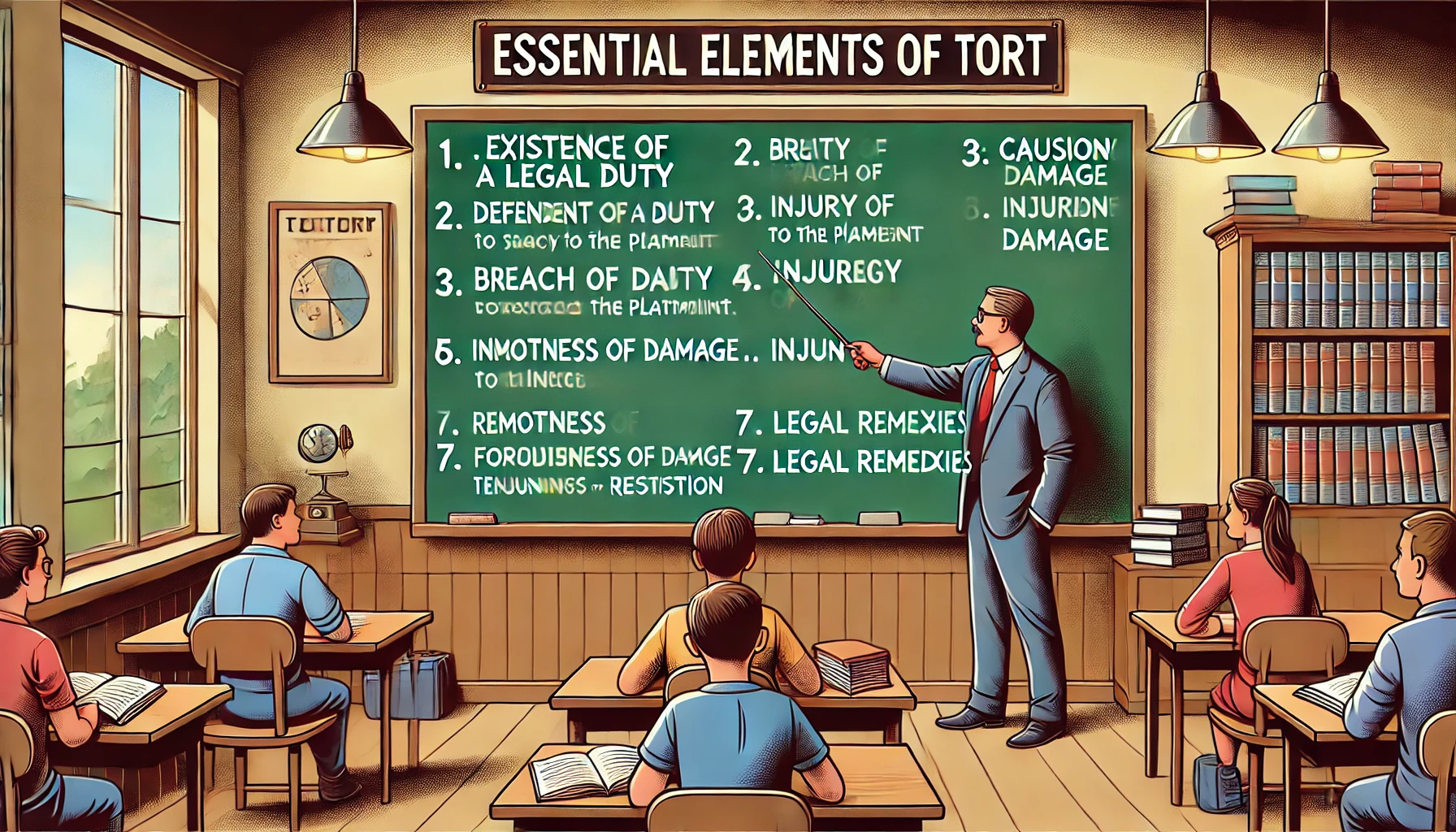
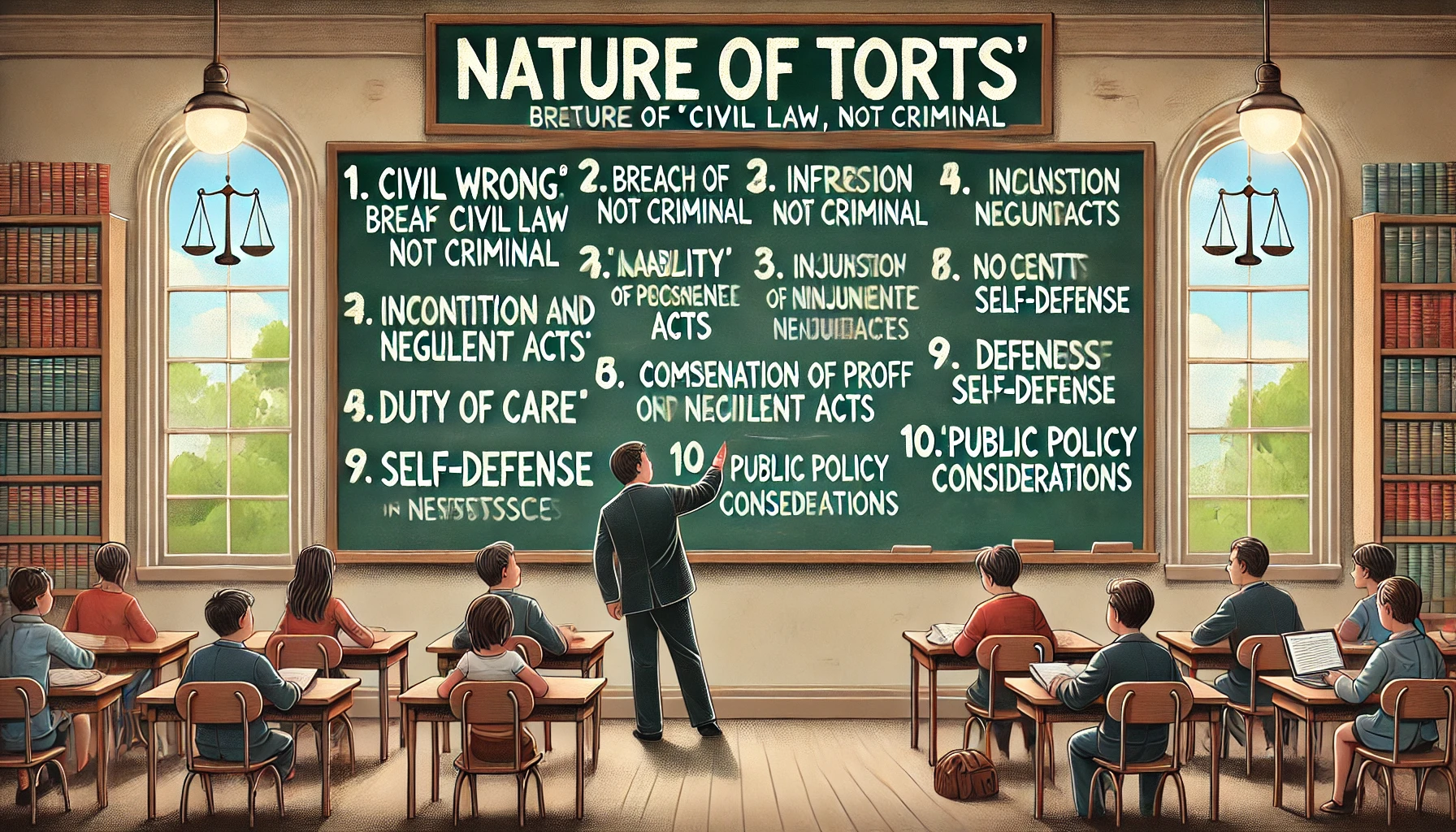
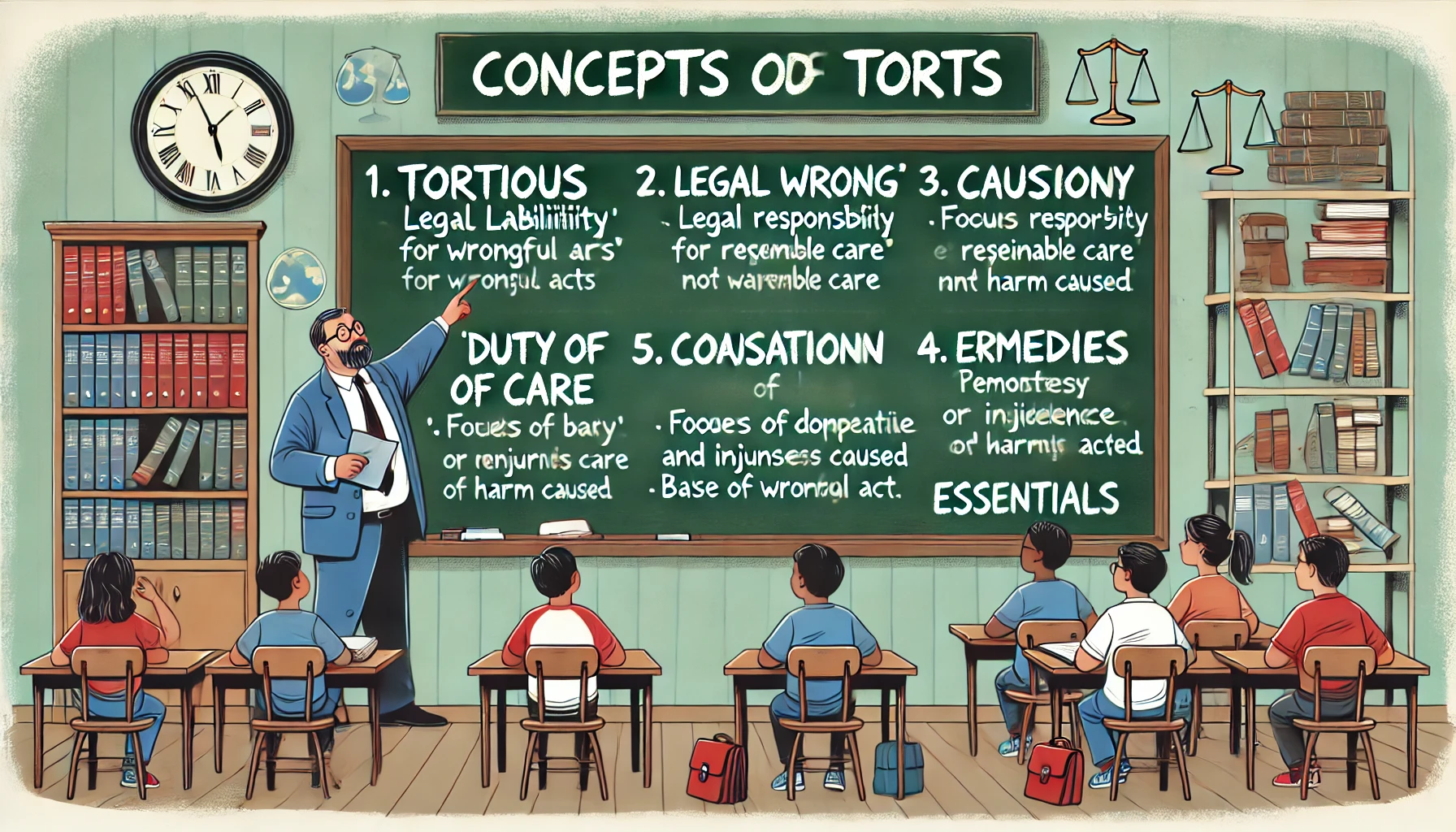
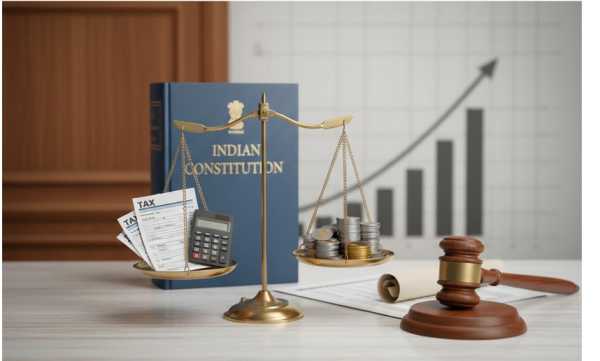


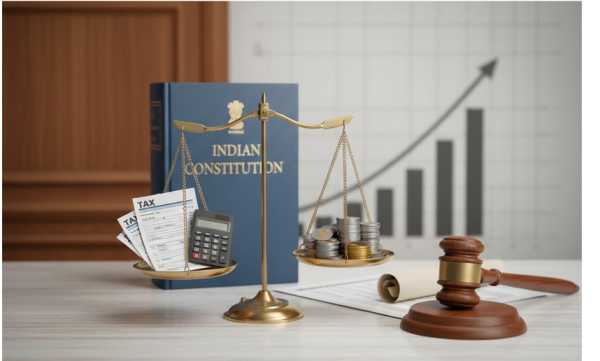




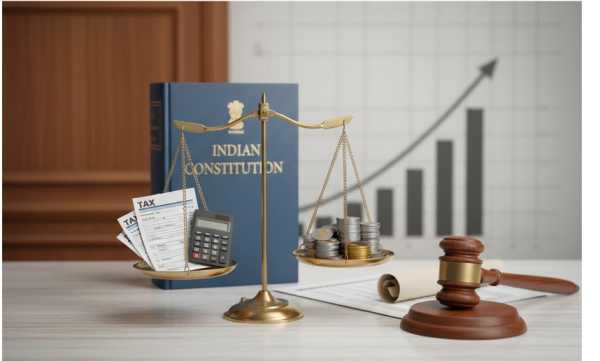

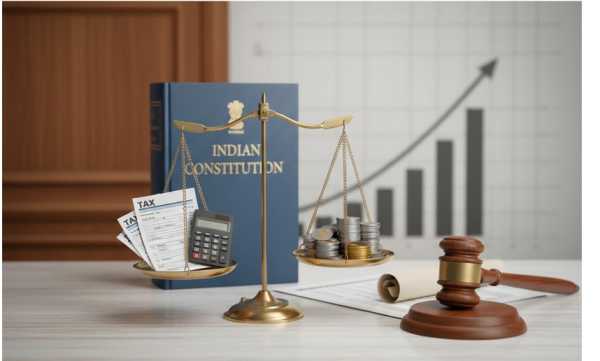

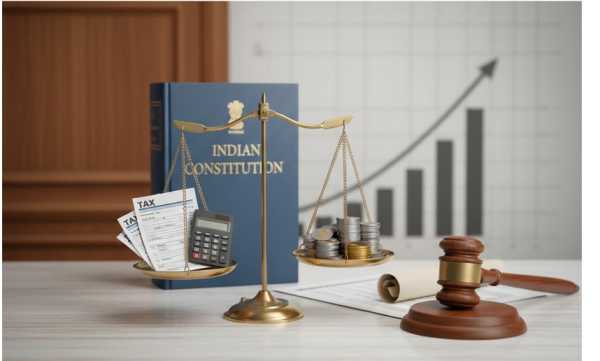
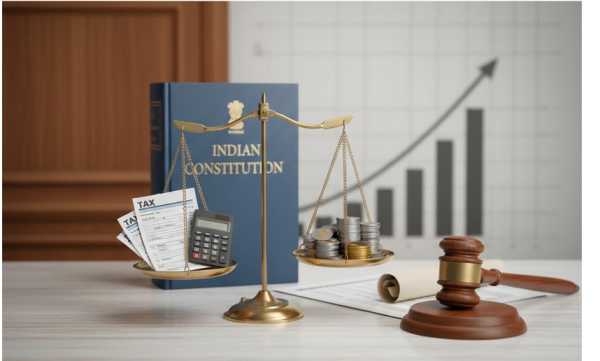
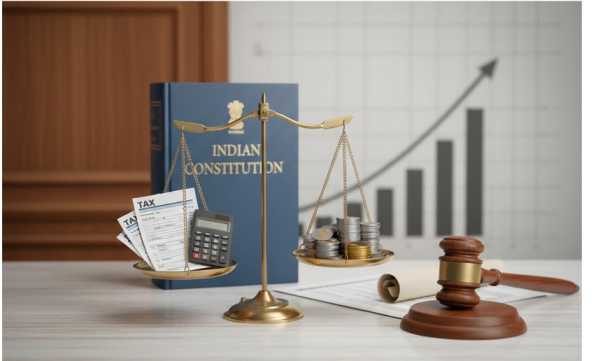
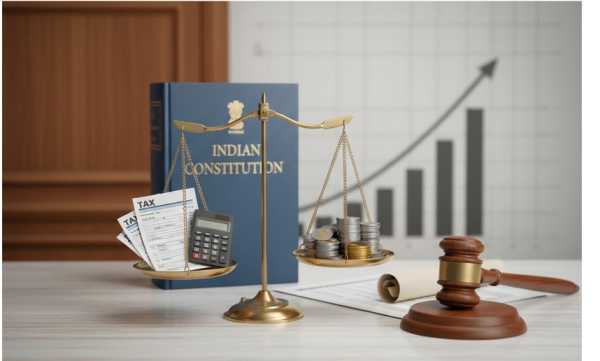
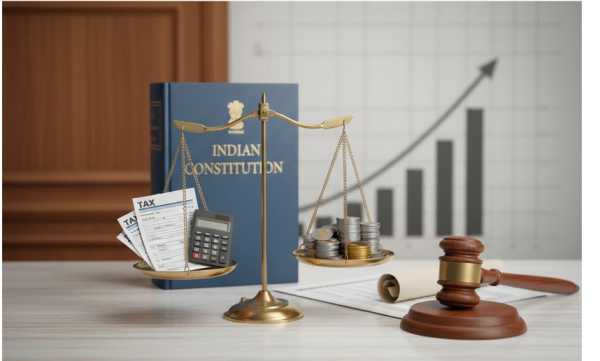




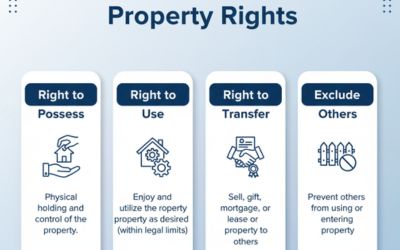

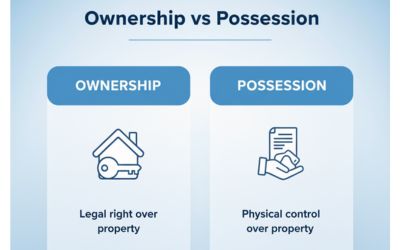
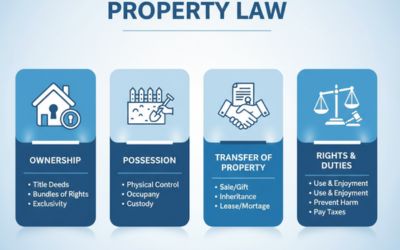

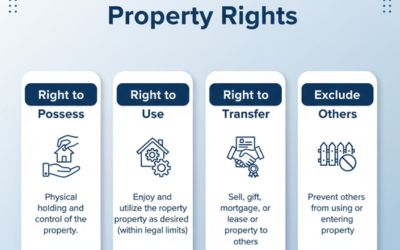
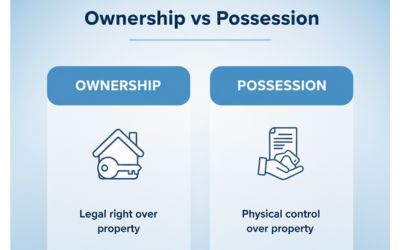
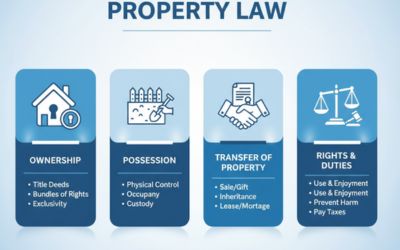
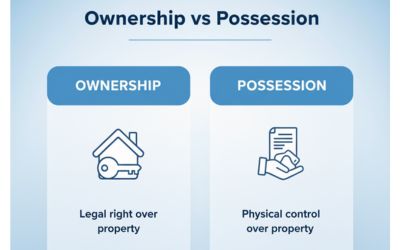
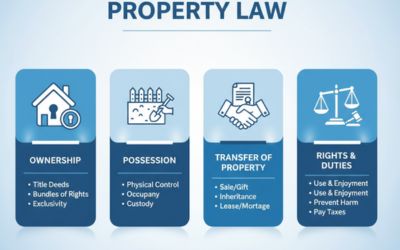
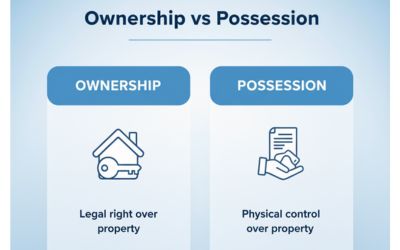

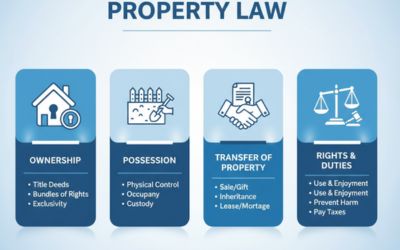


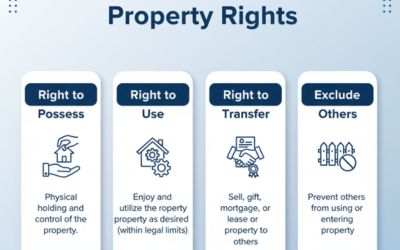

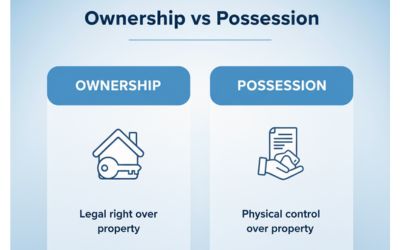



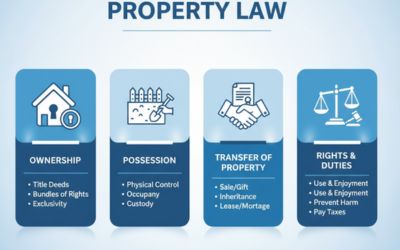
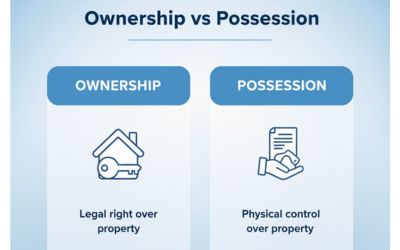
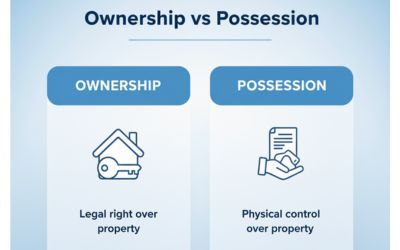

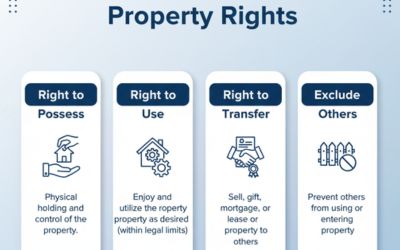
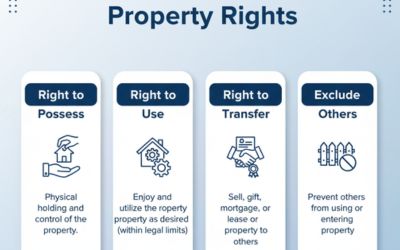
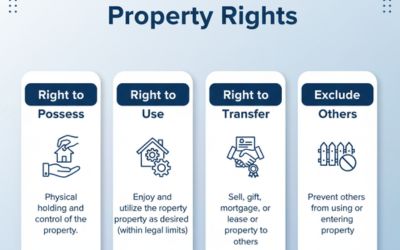
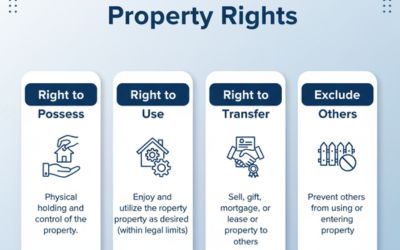


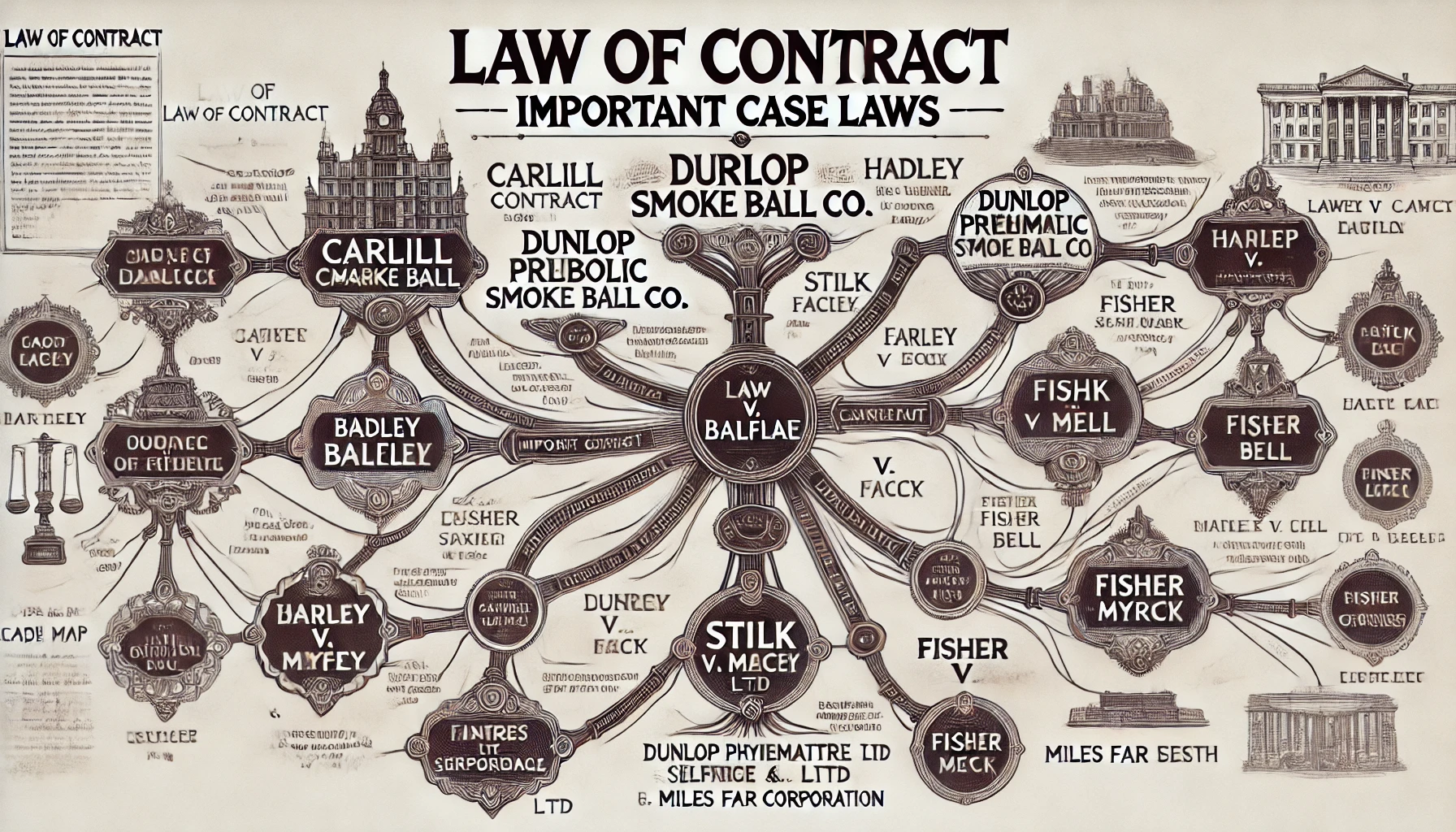
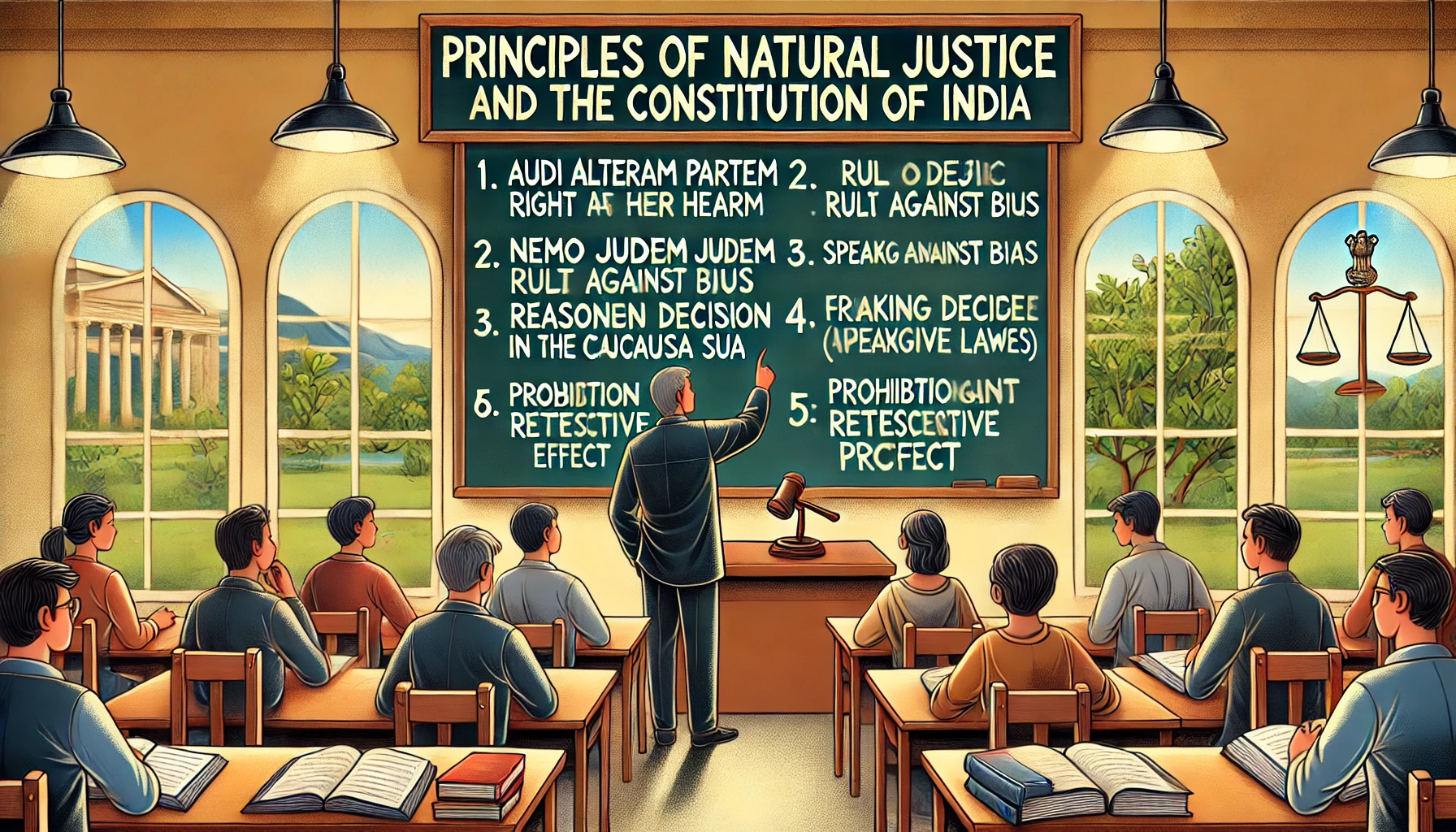


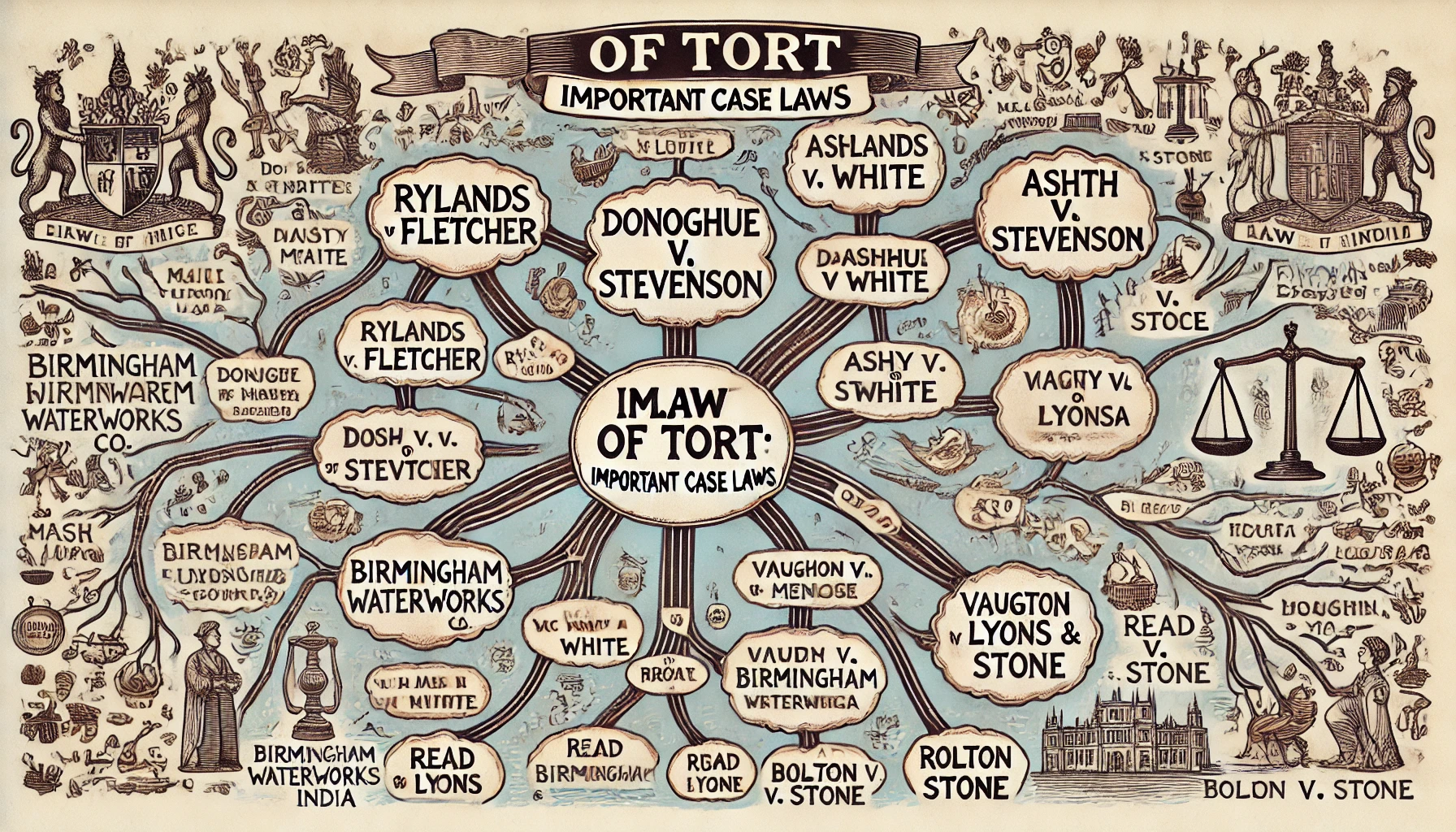





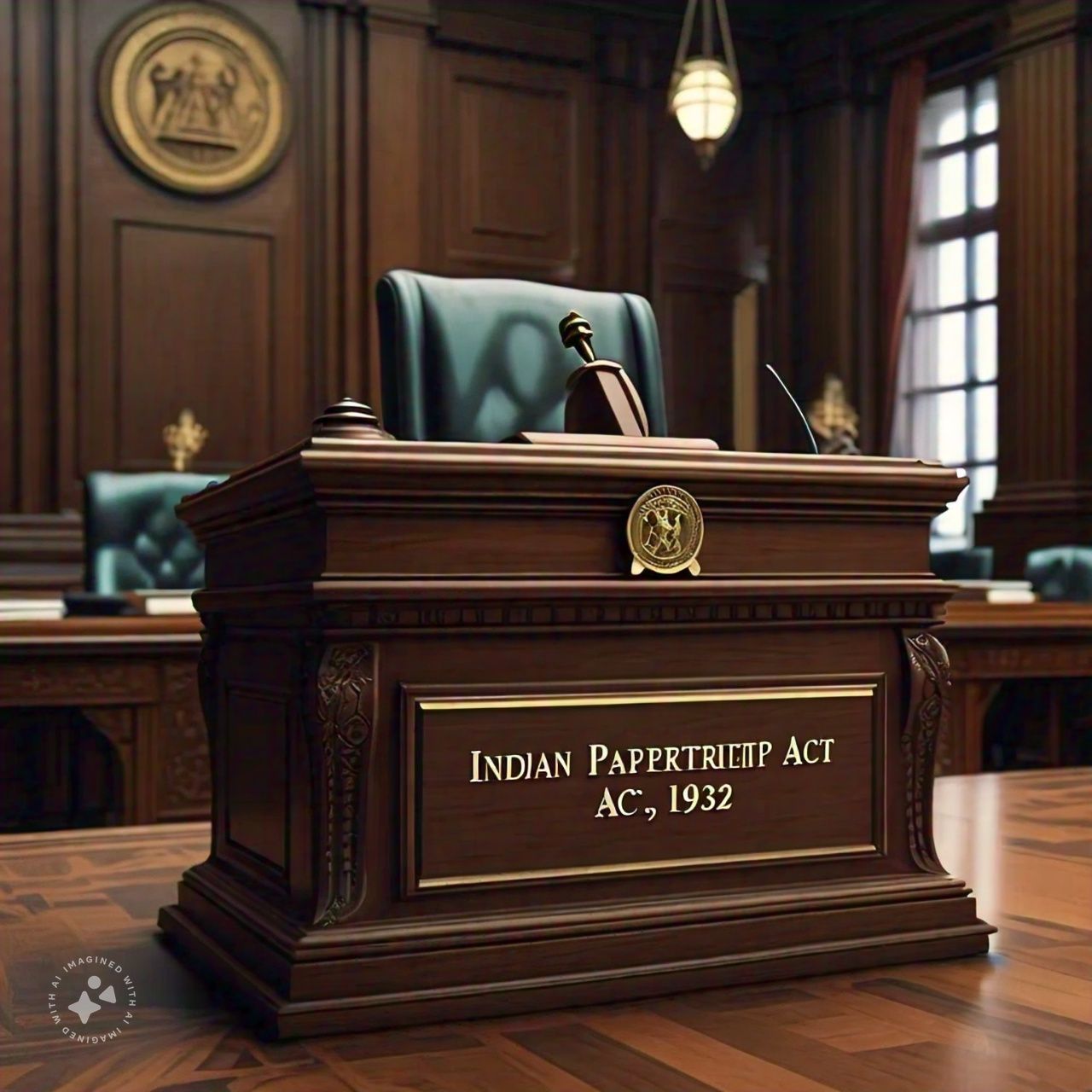
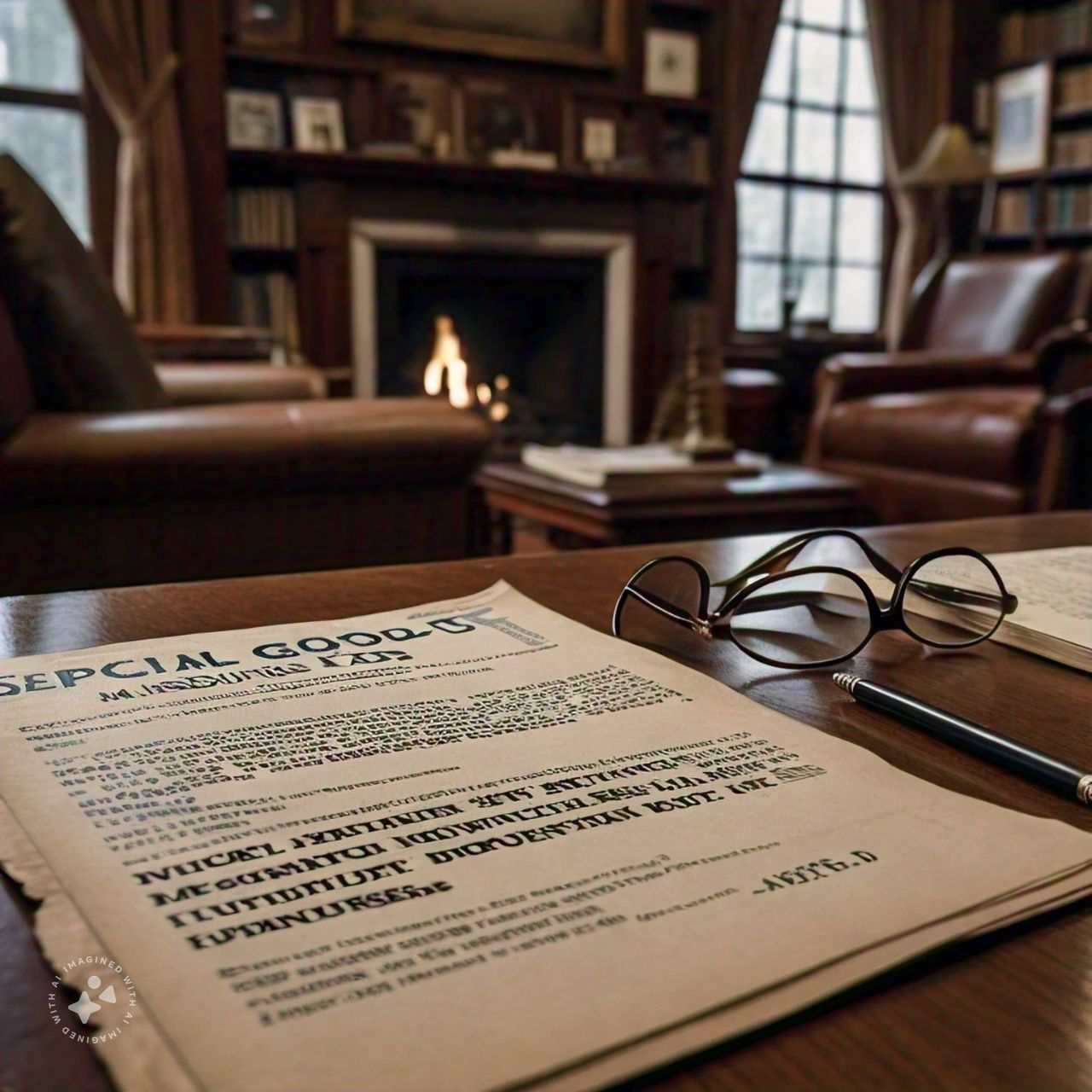
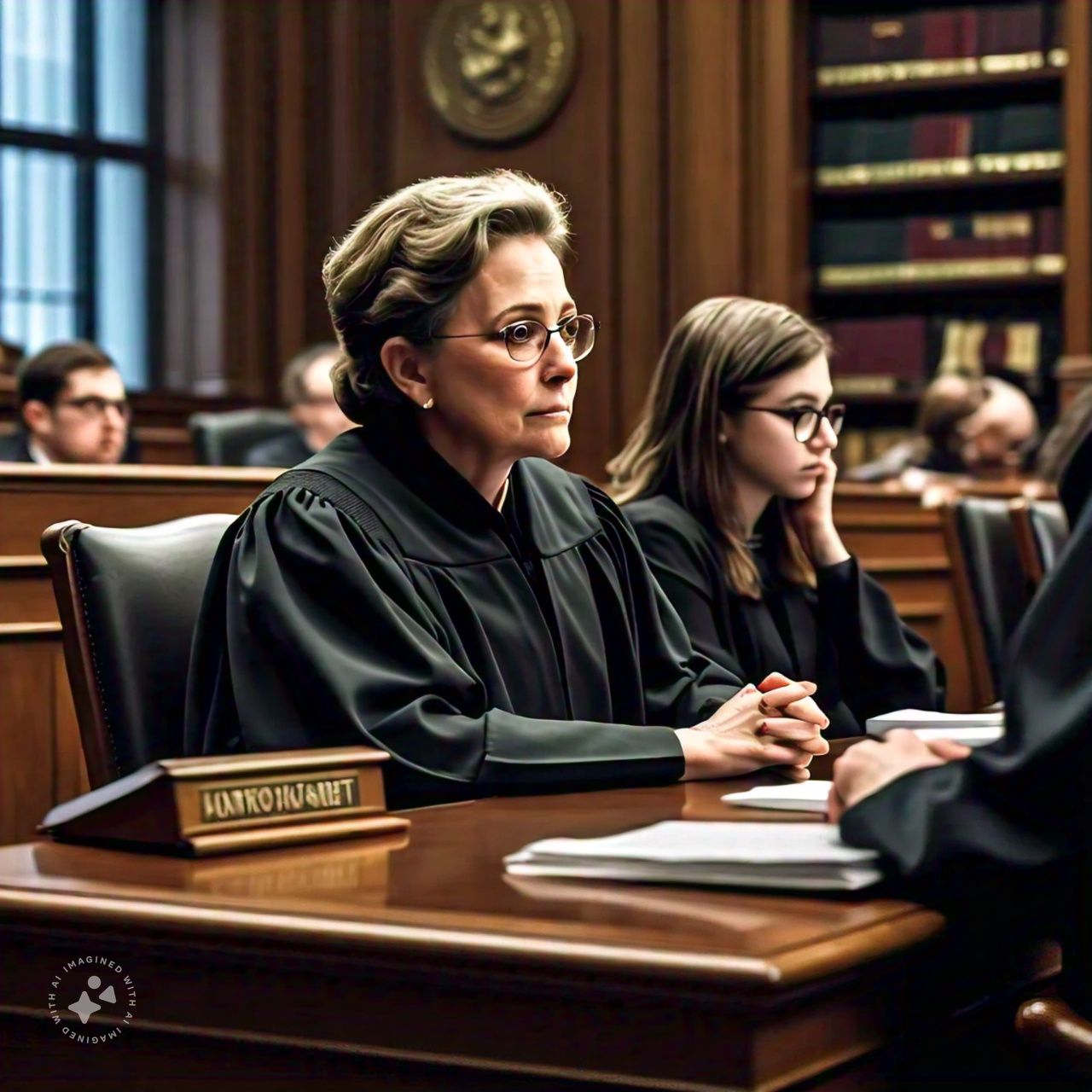

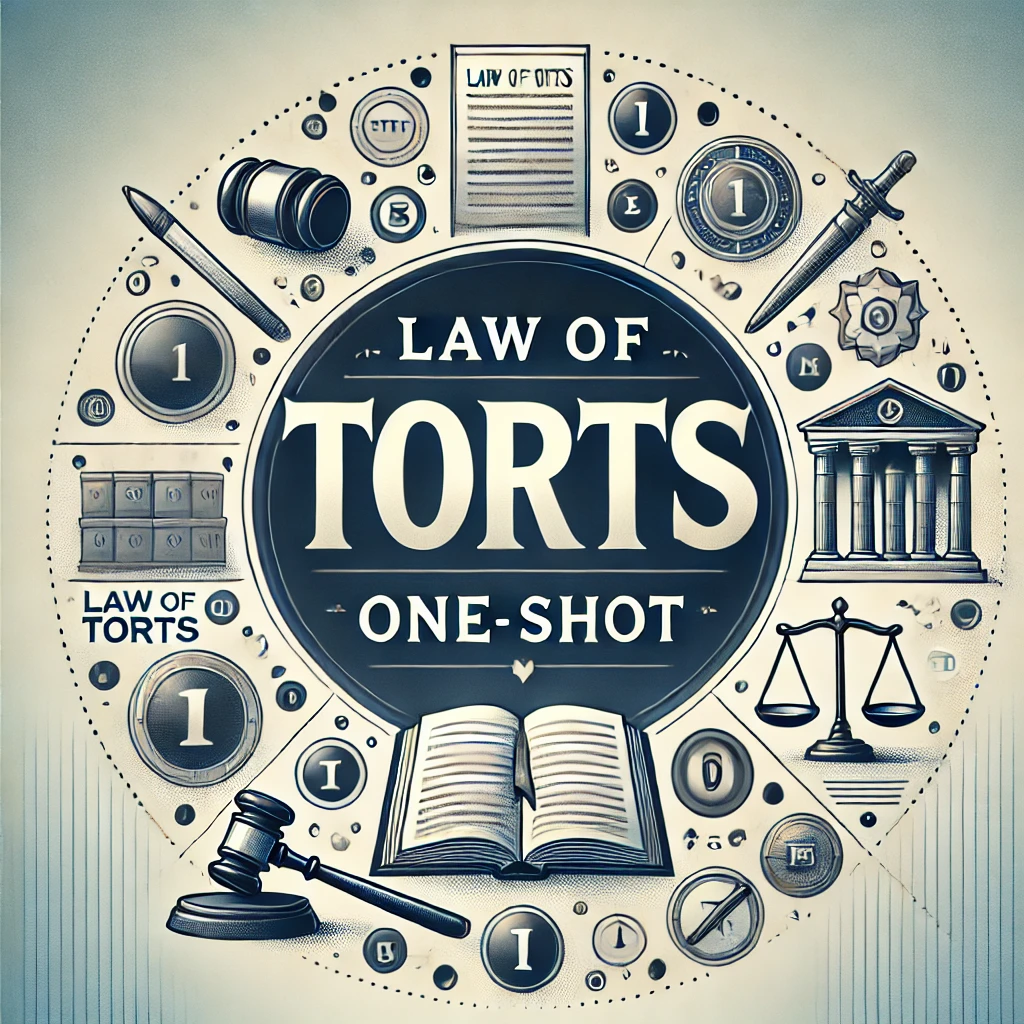

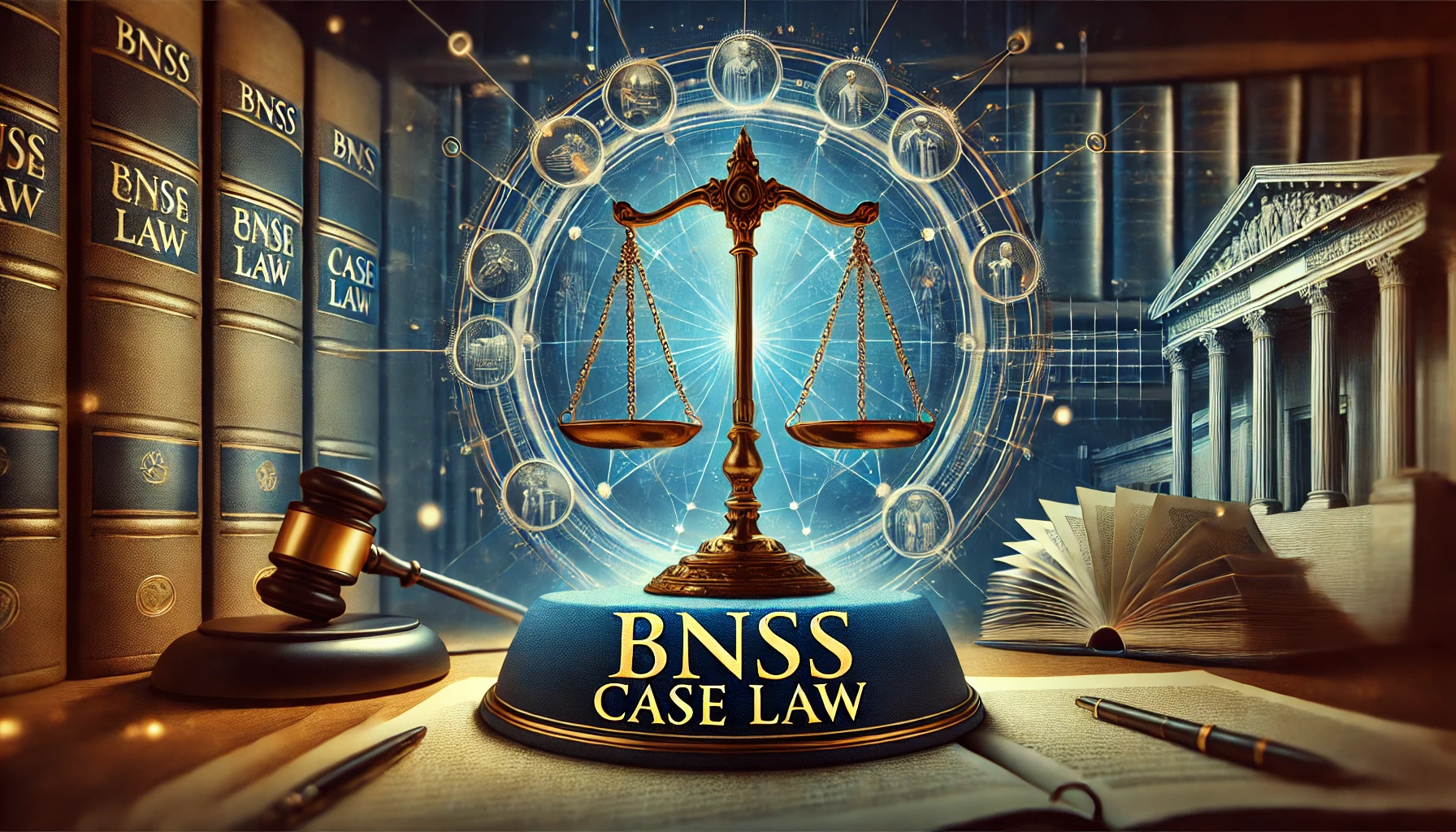








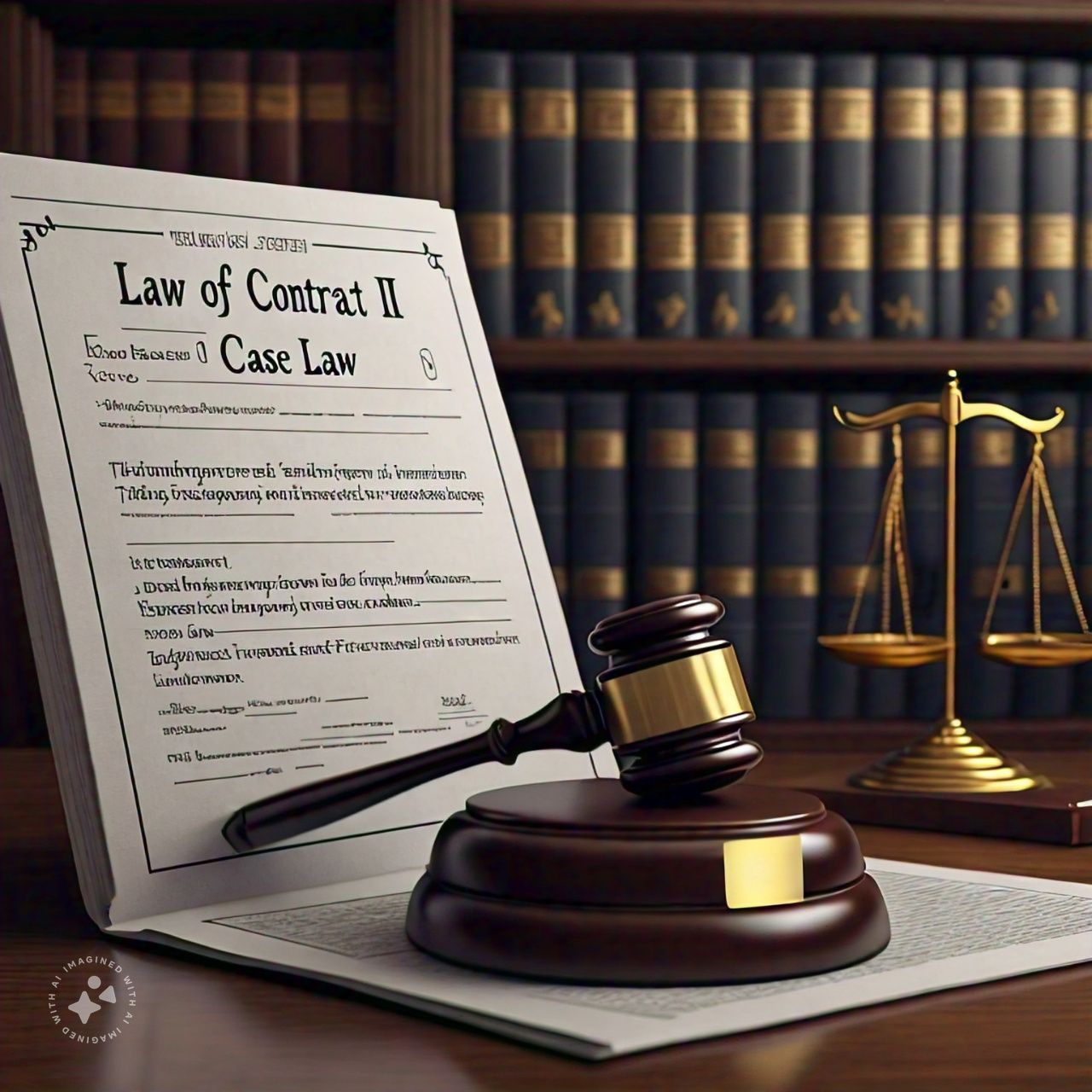
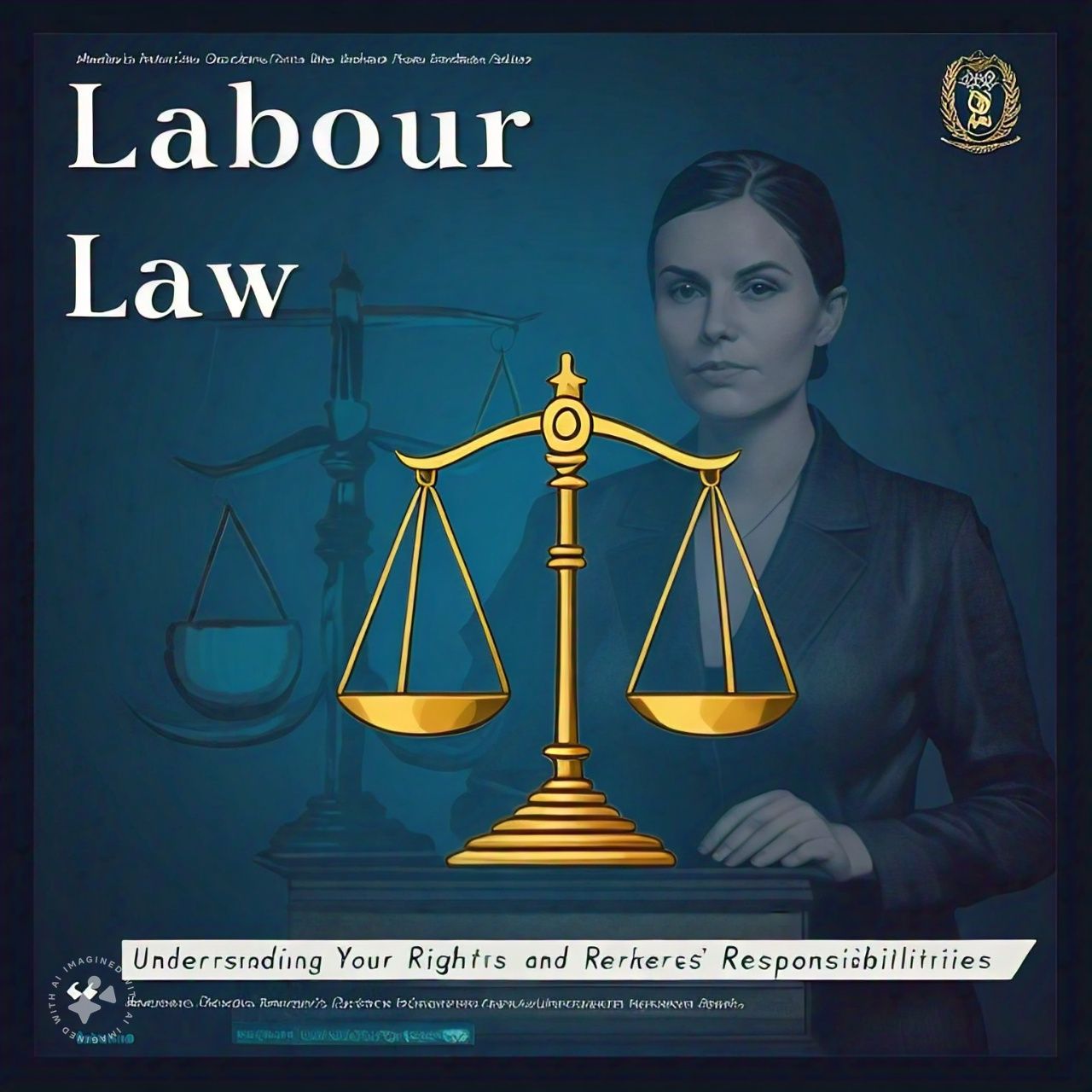
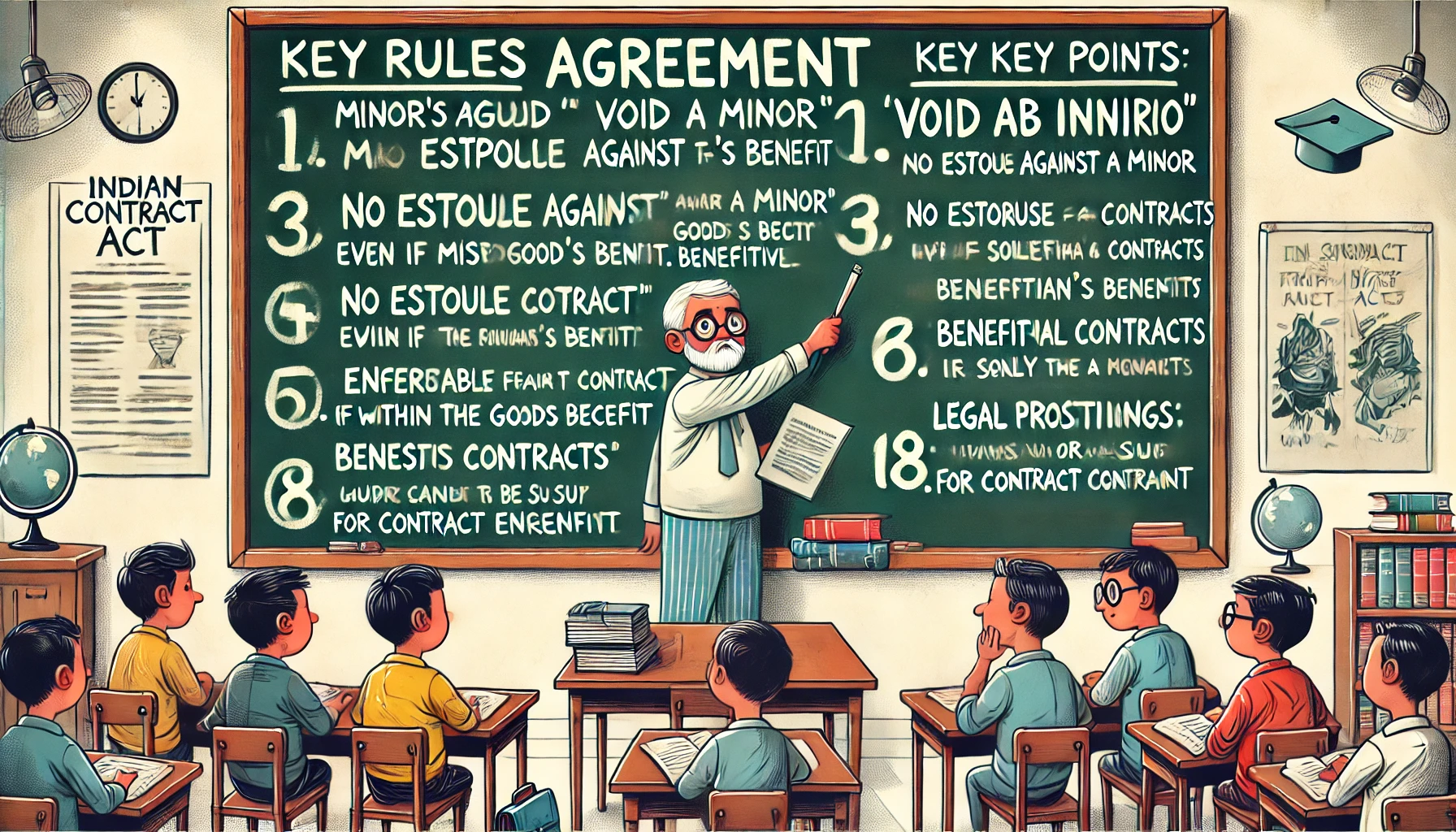
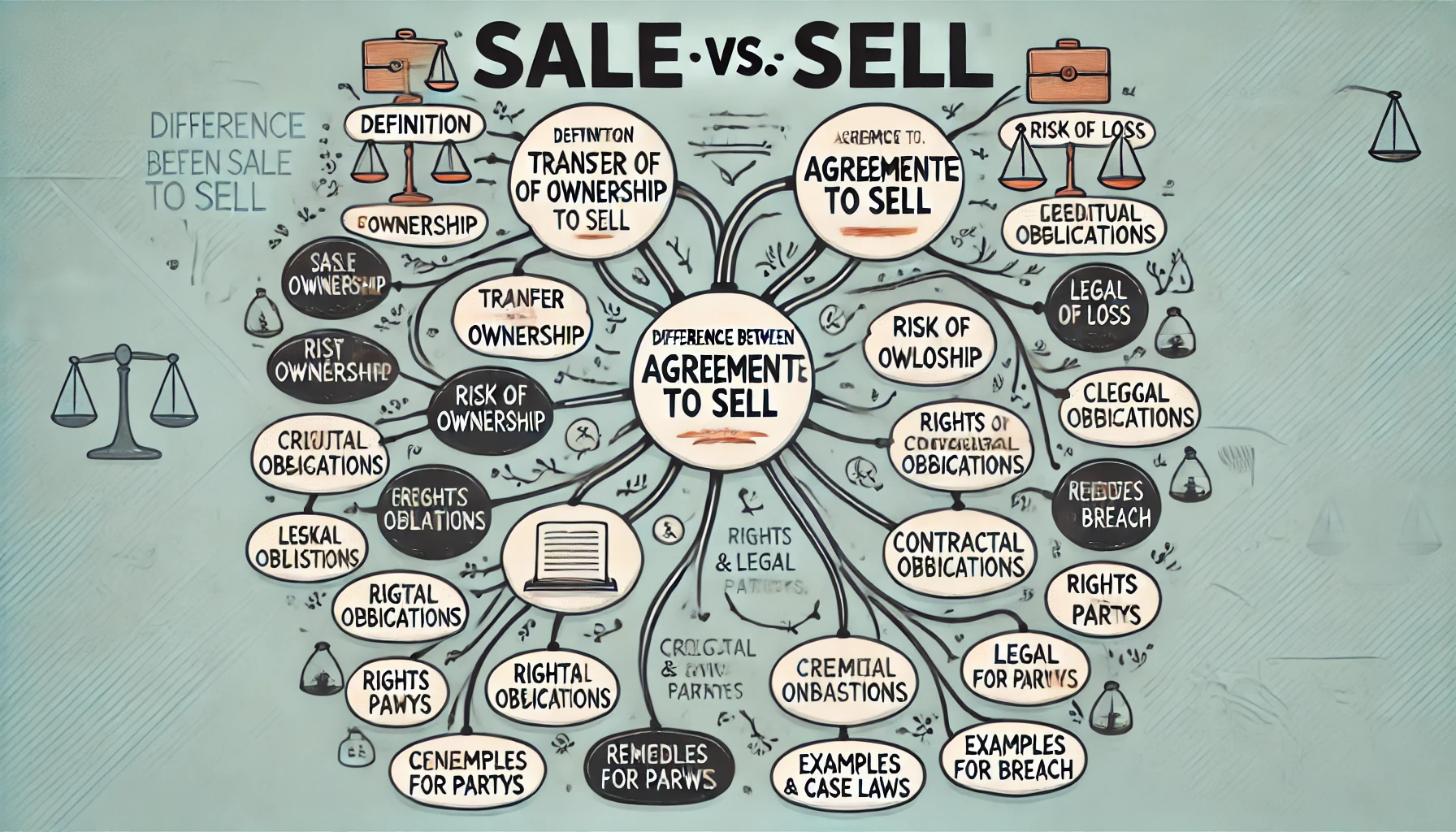




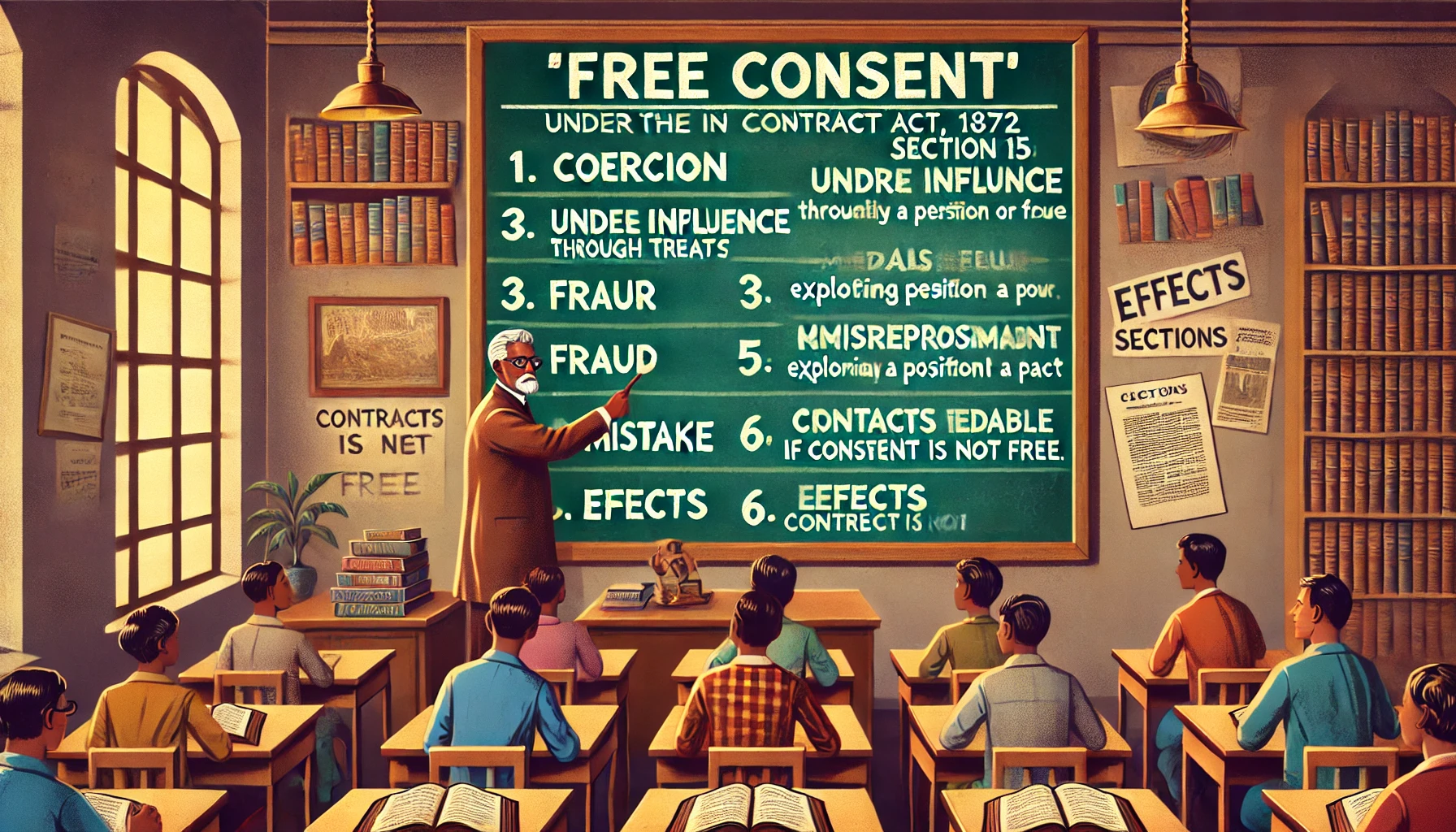
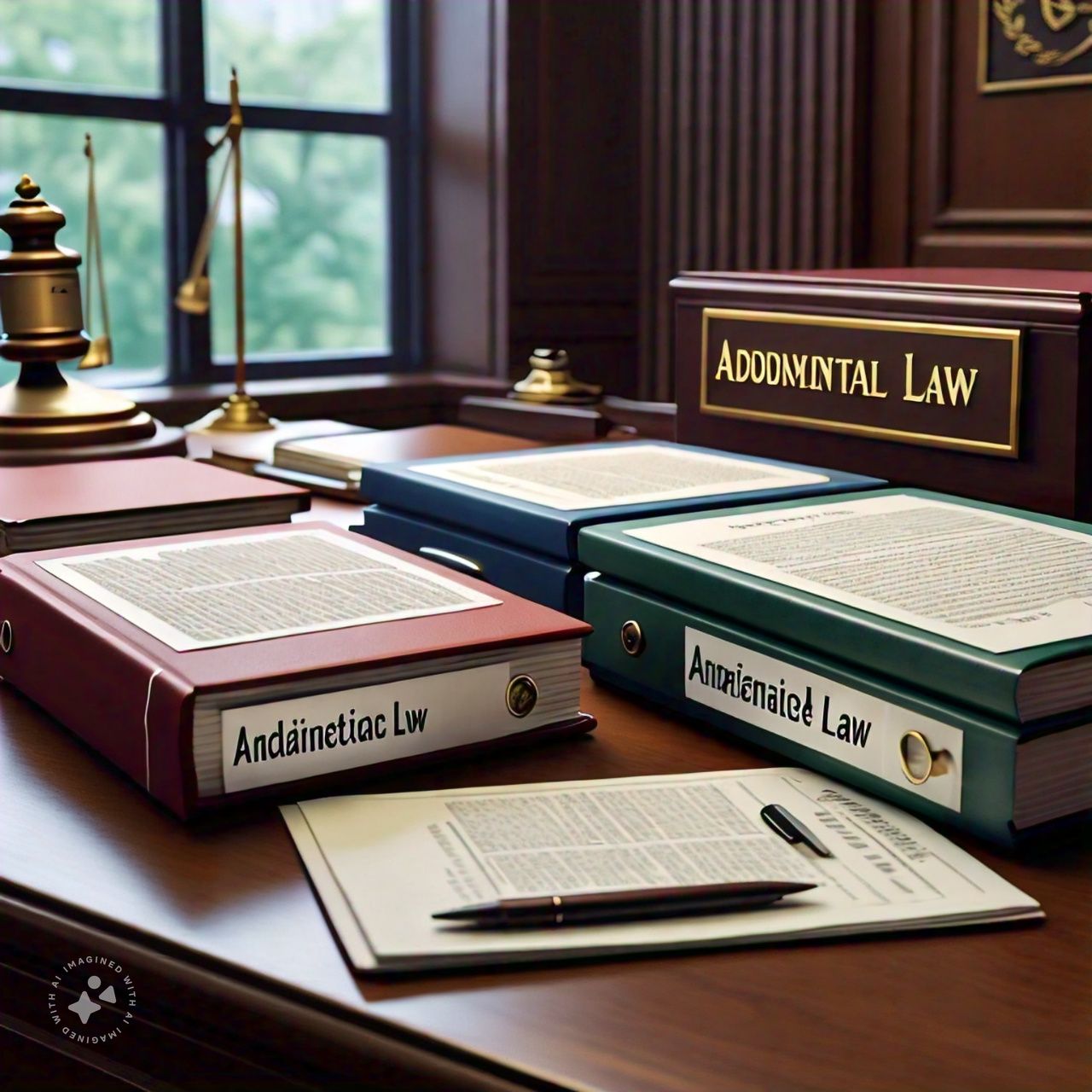



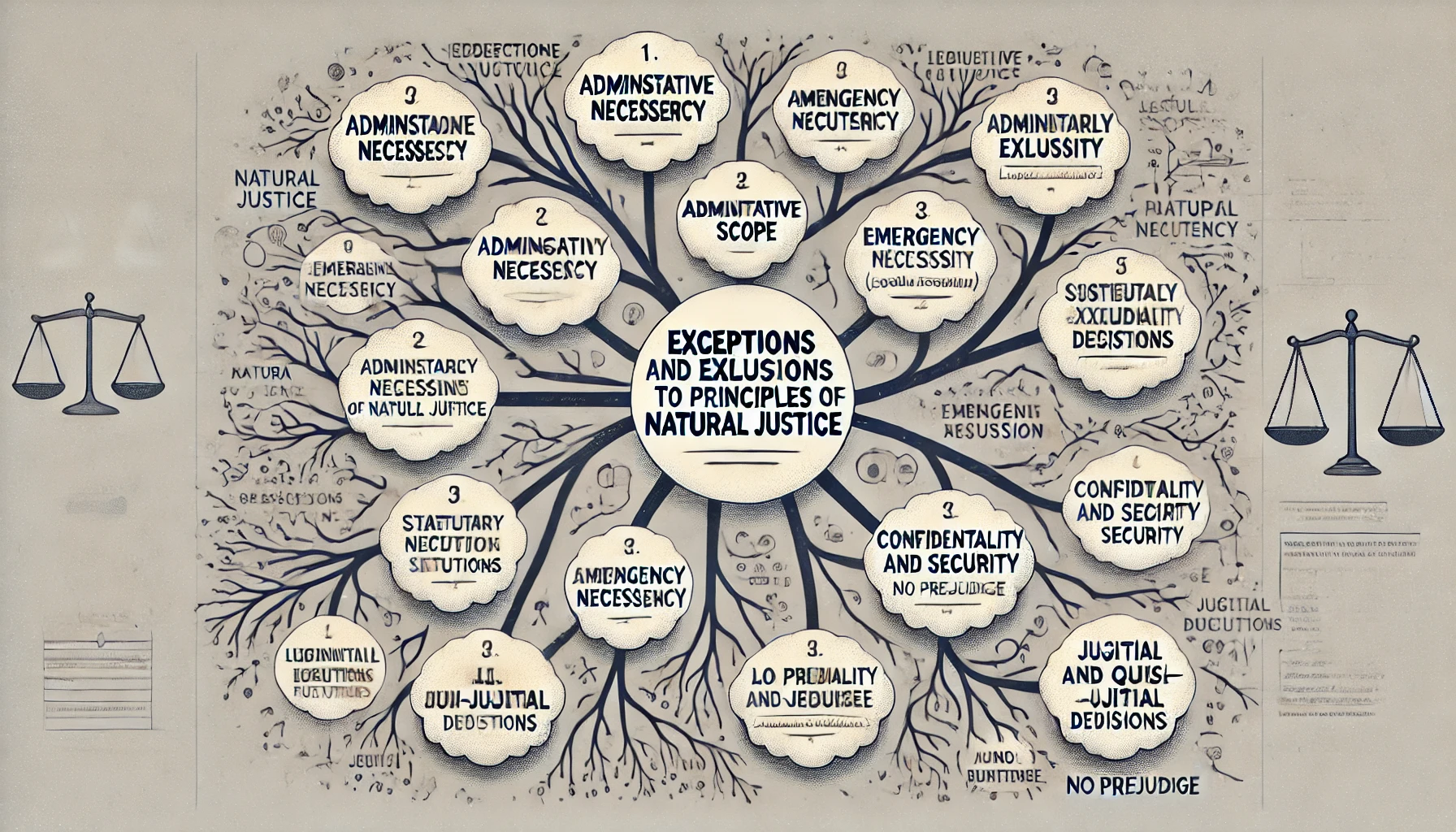

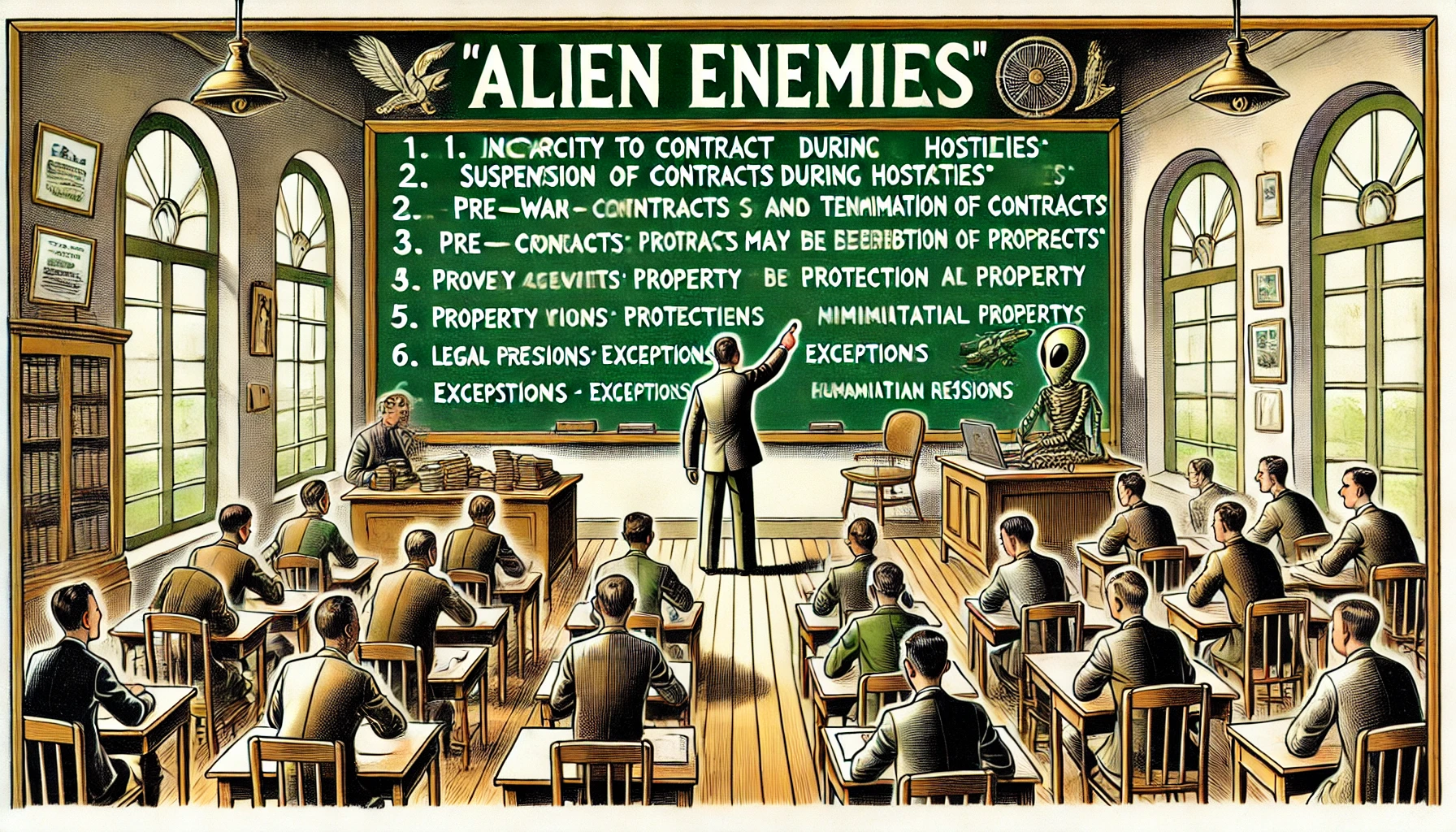

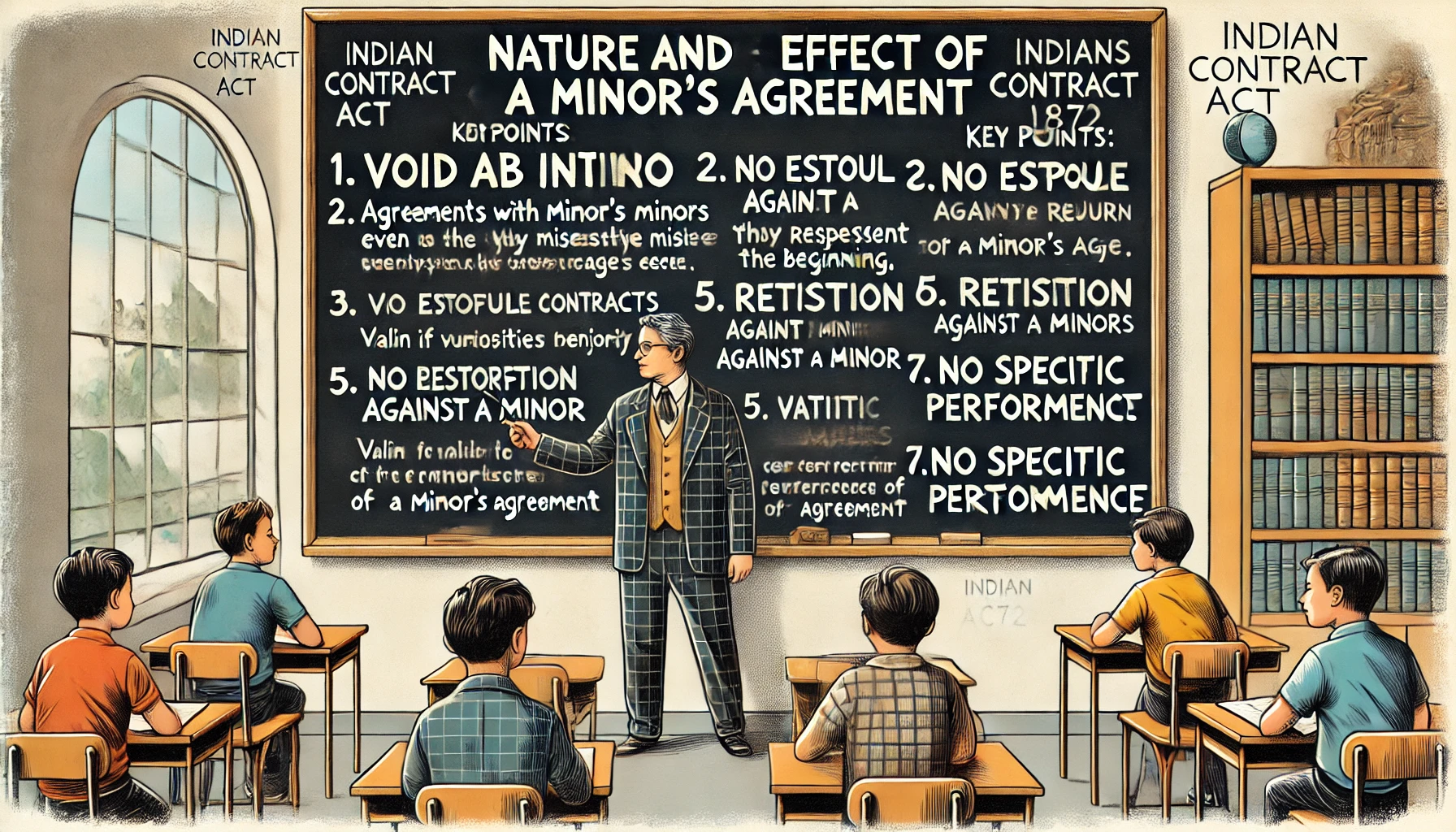


Comment
Nothing for now